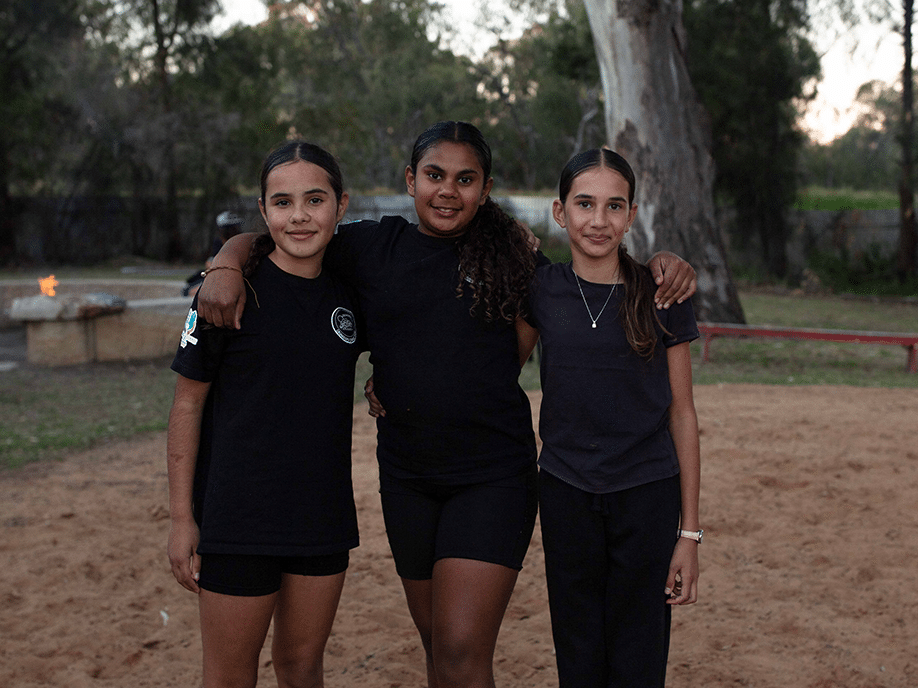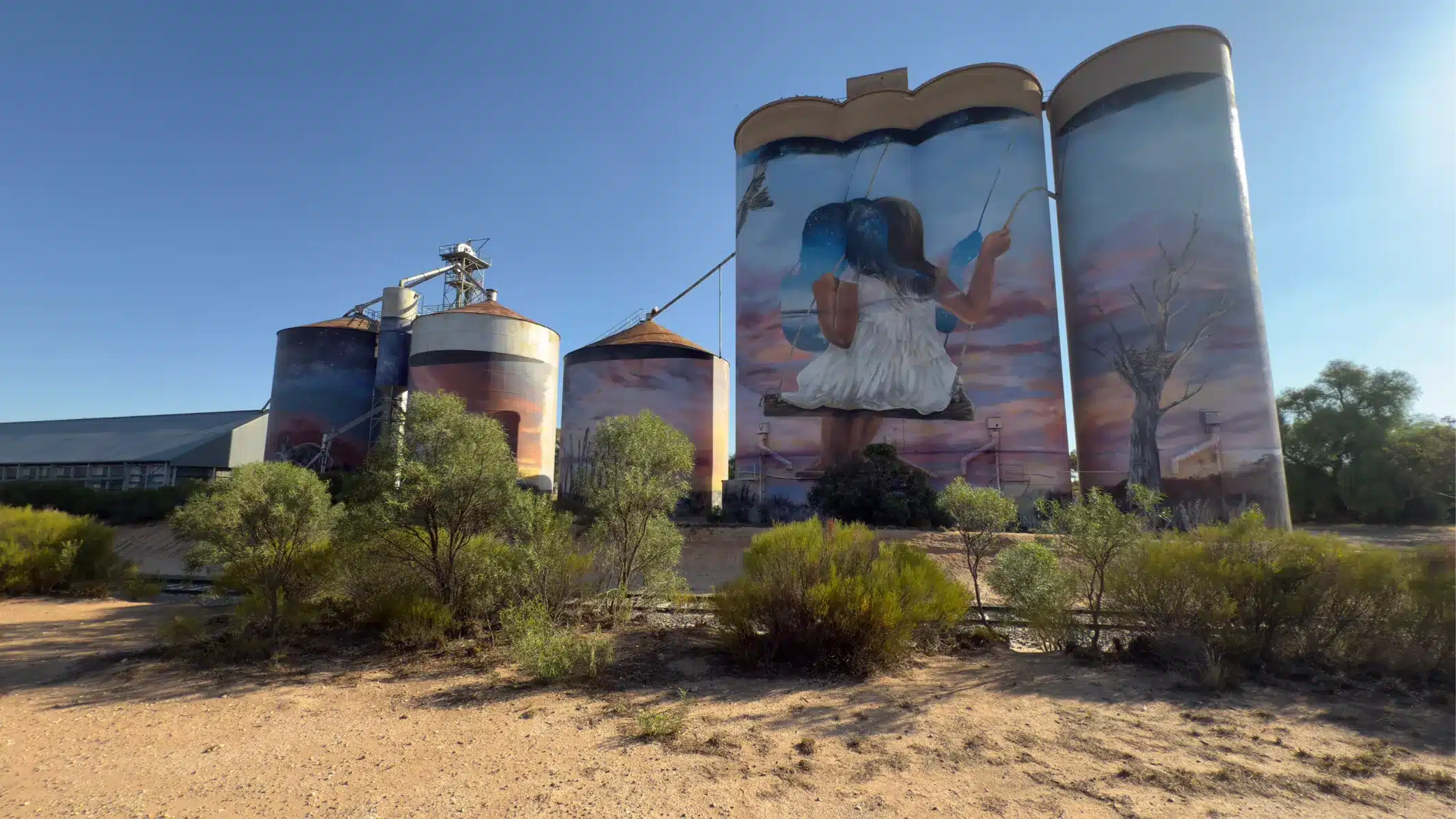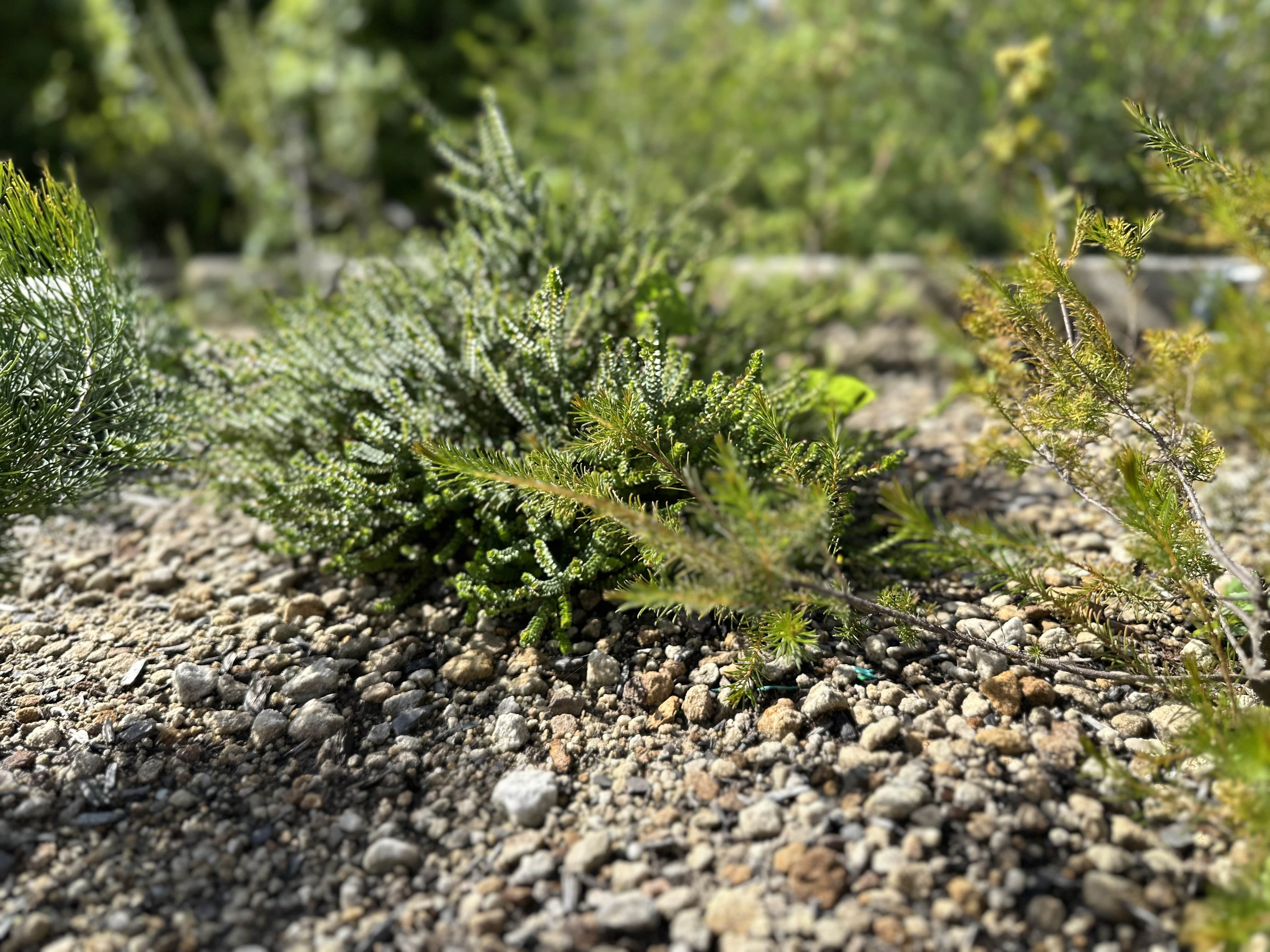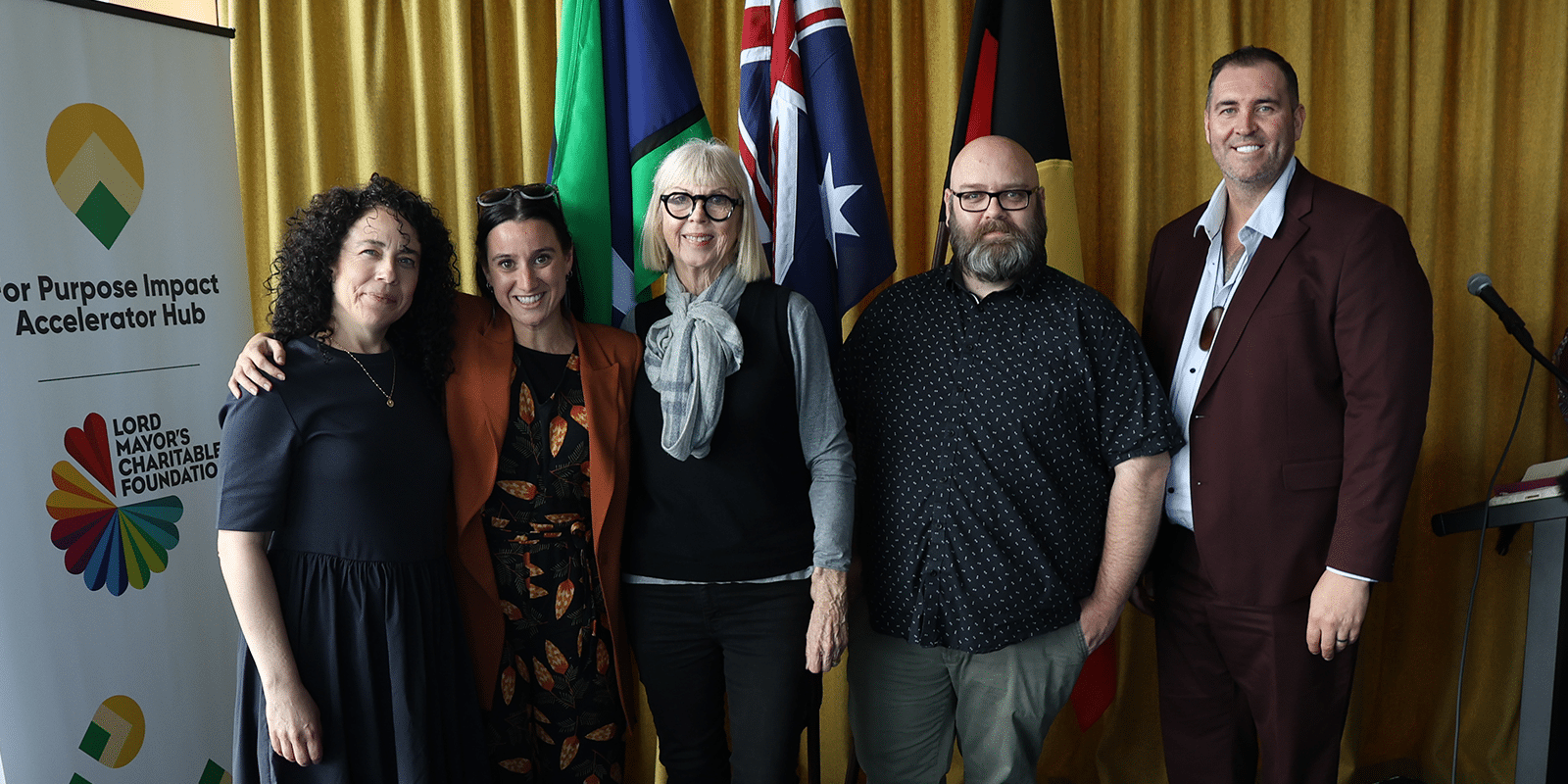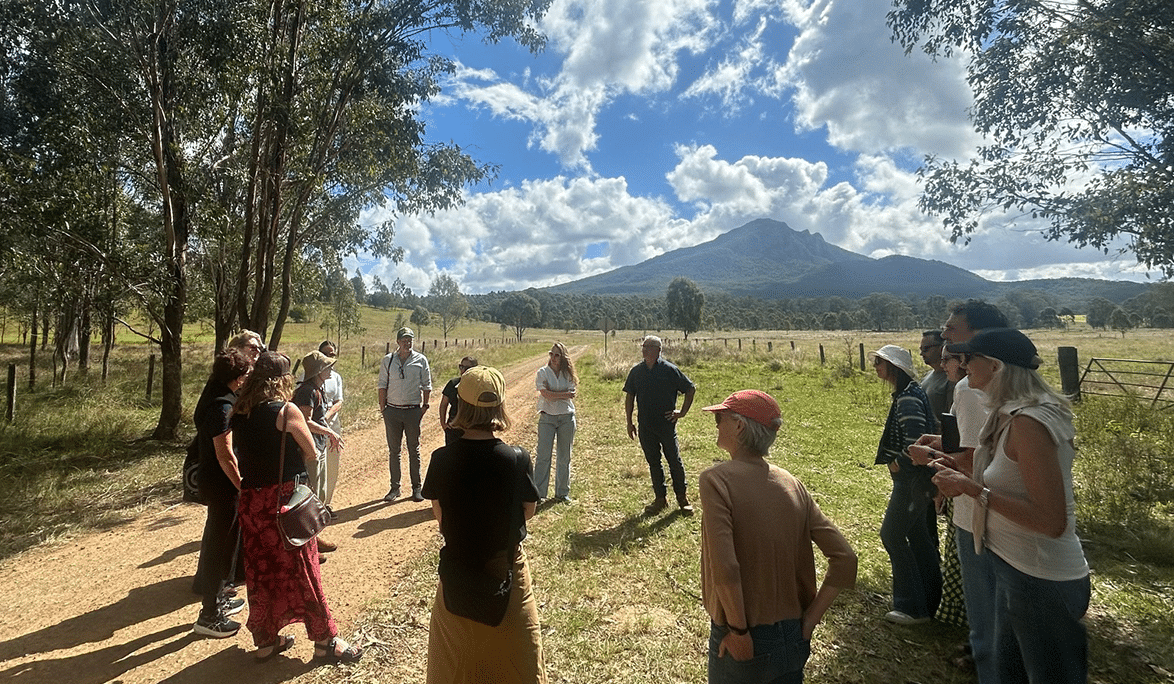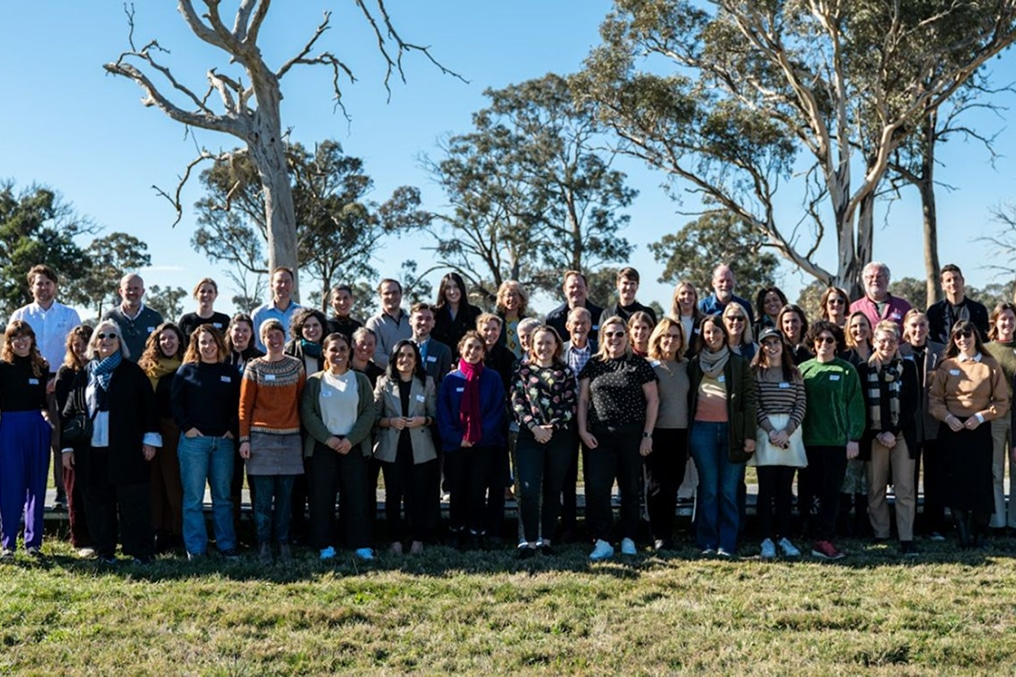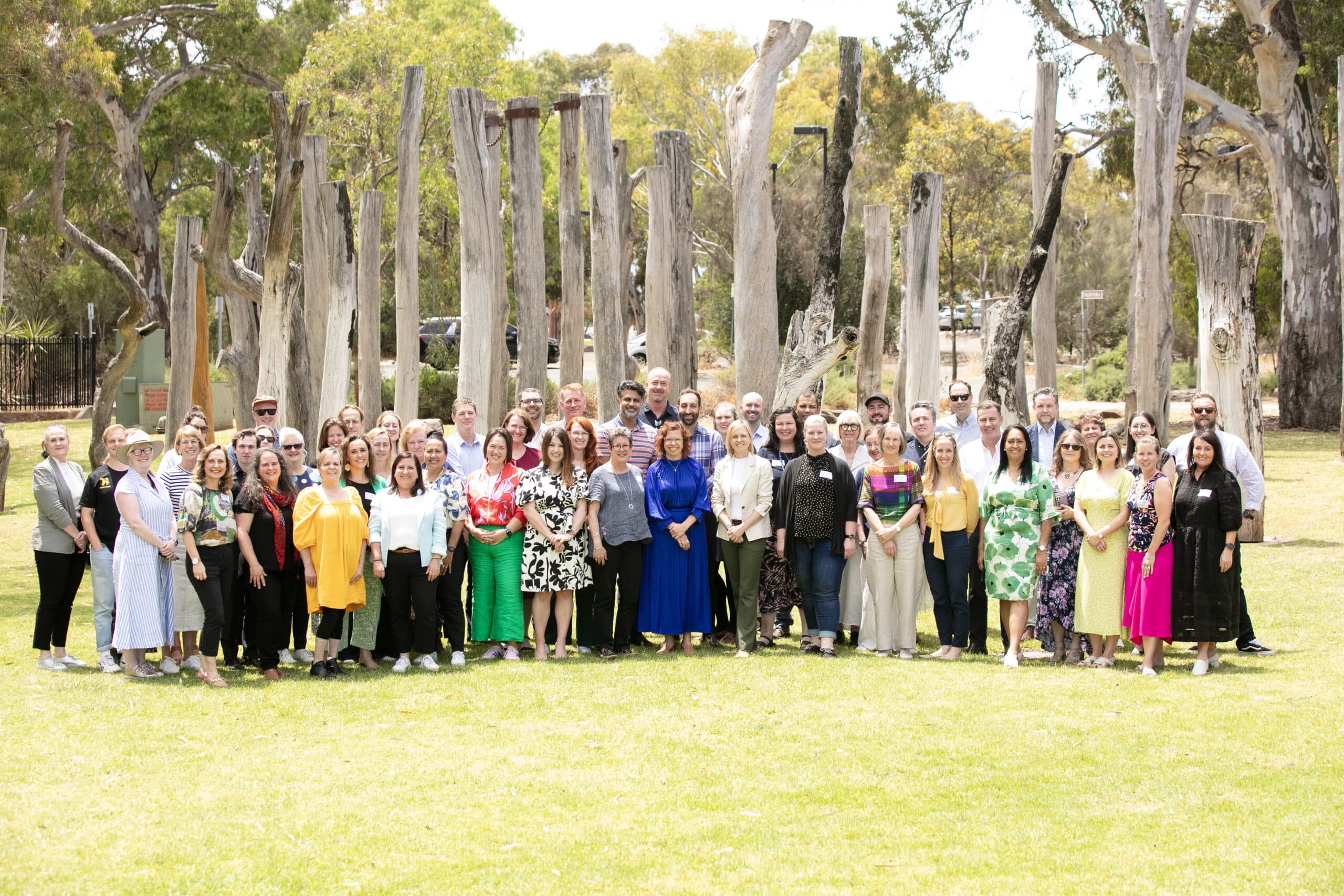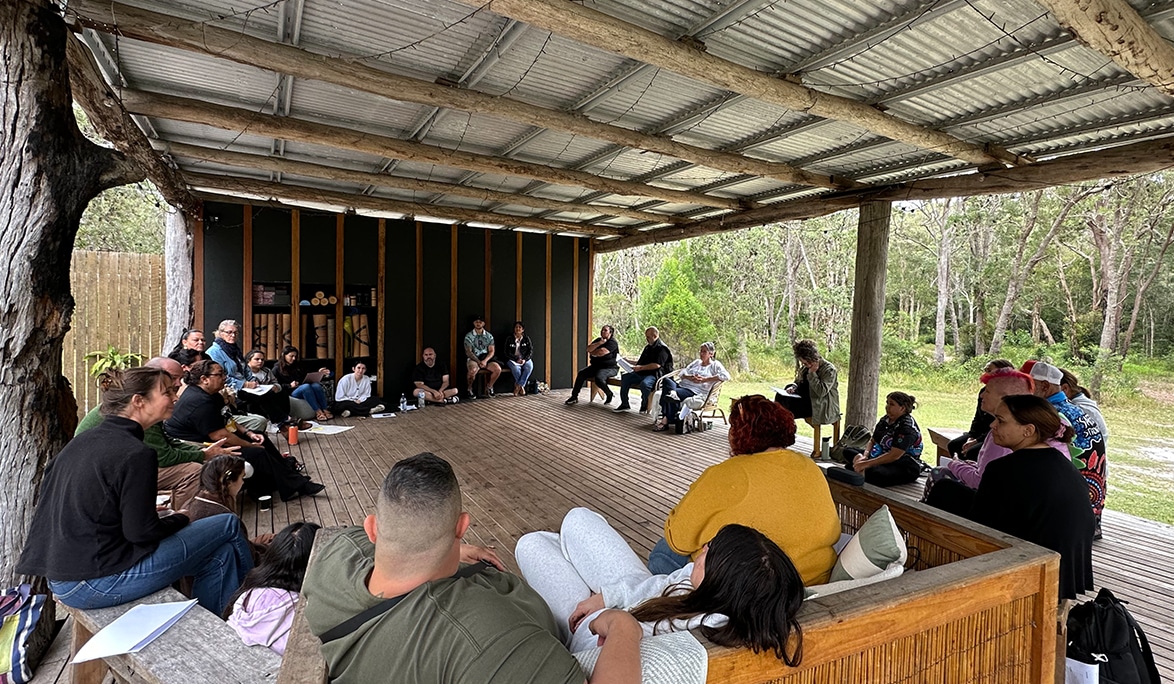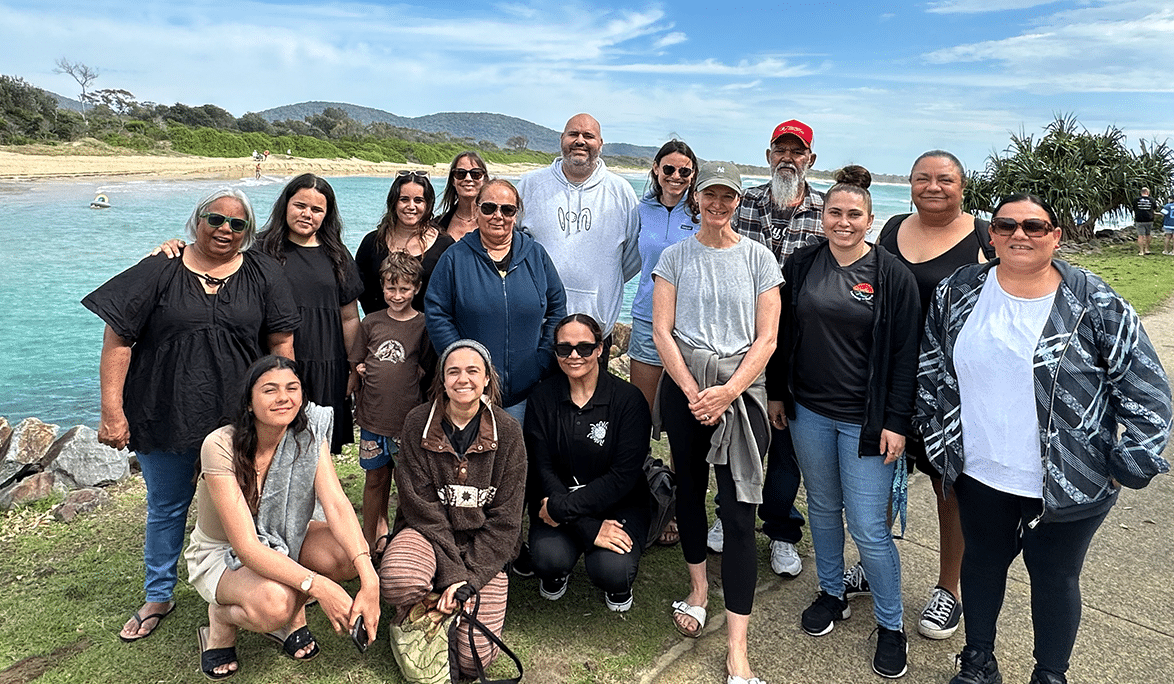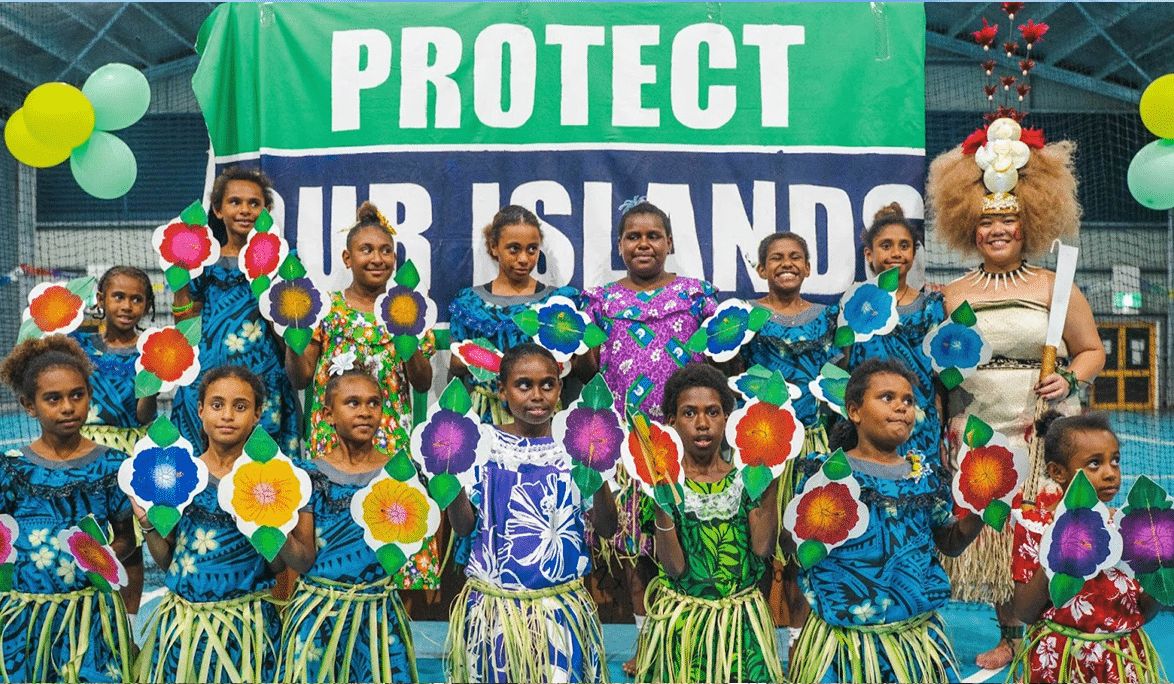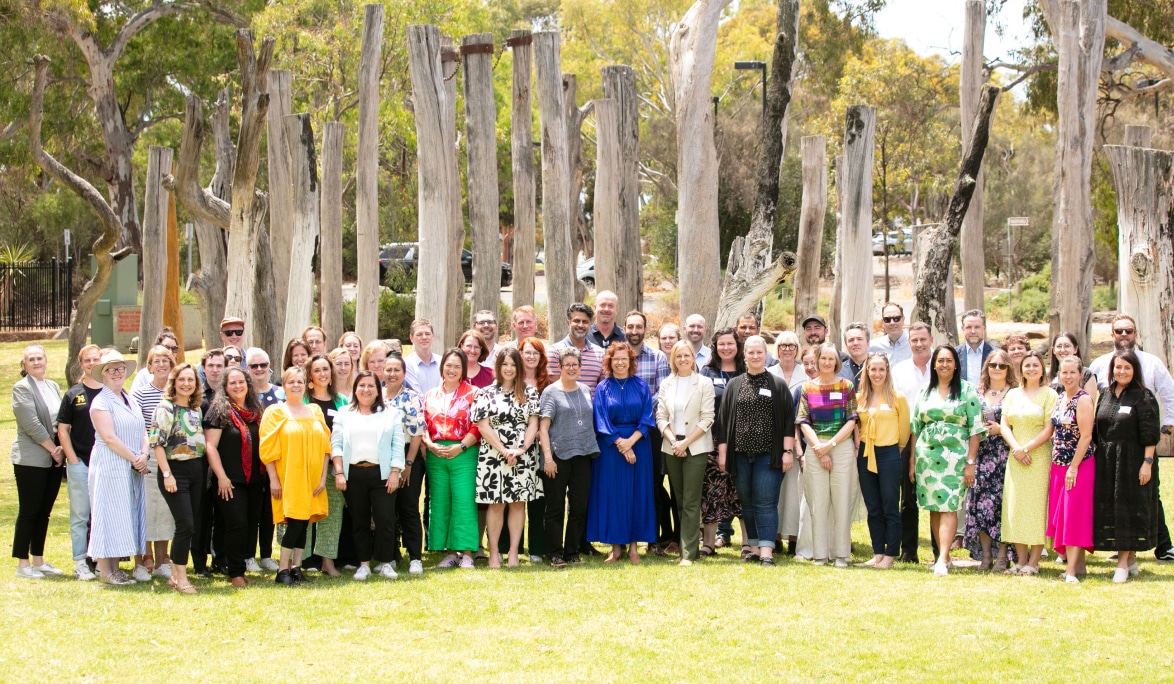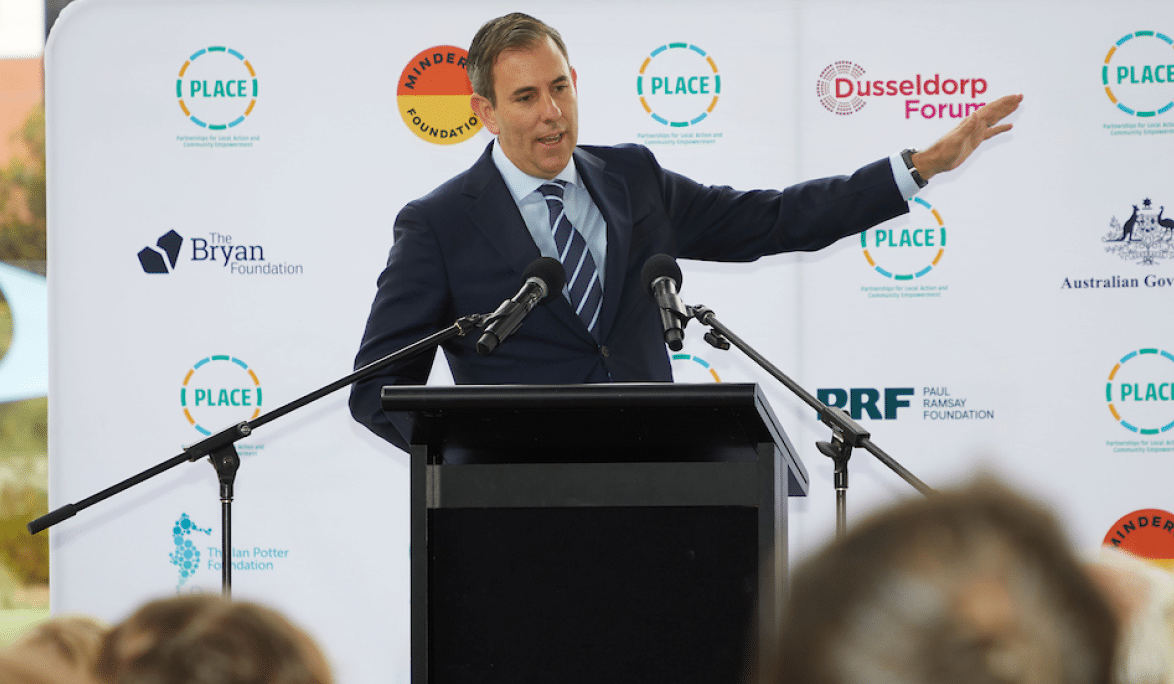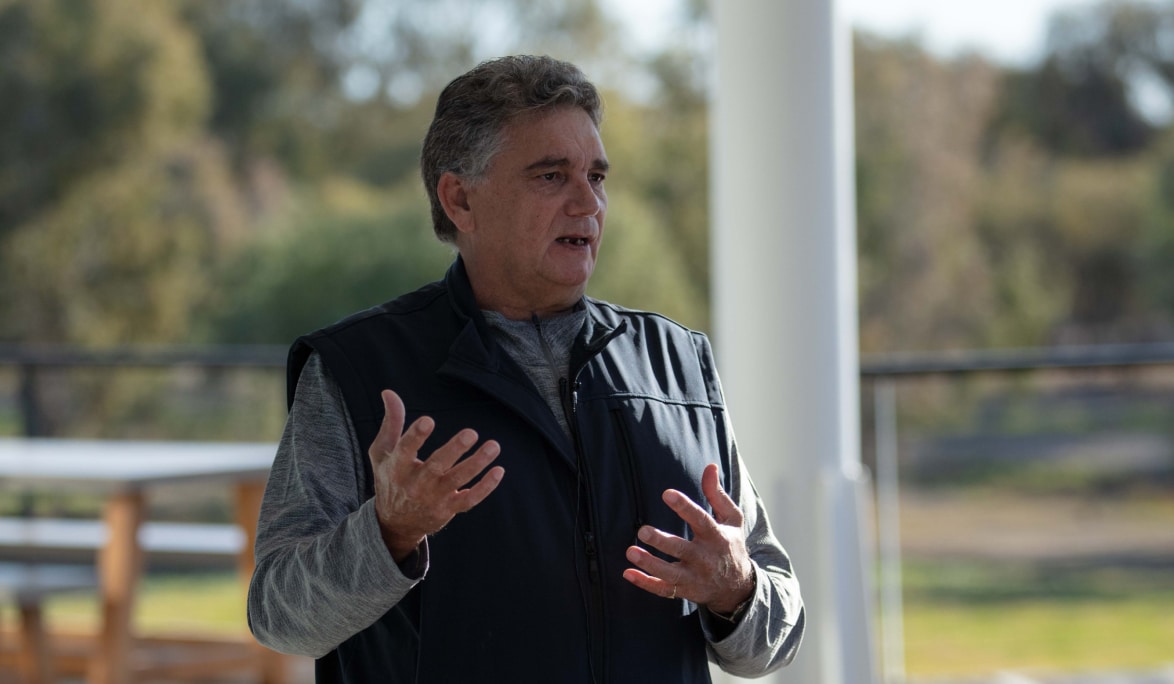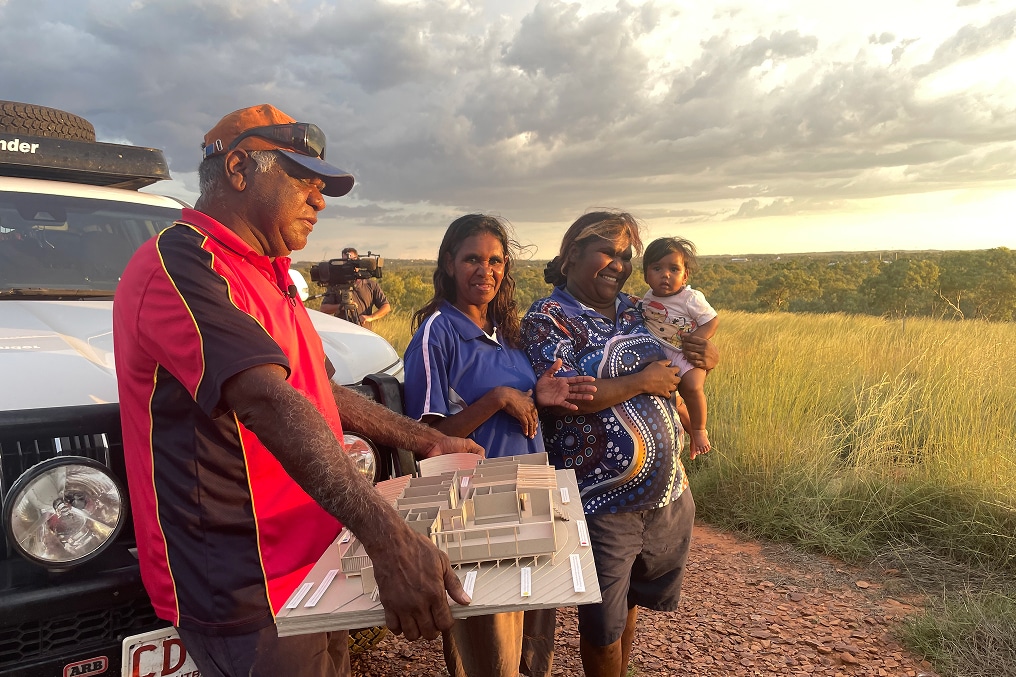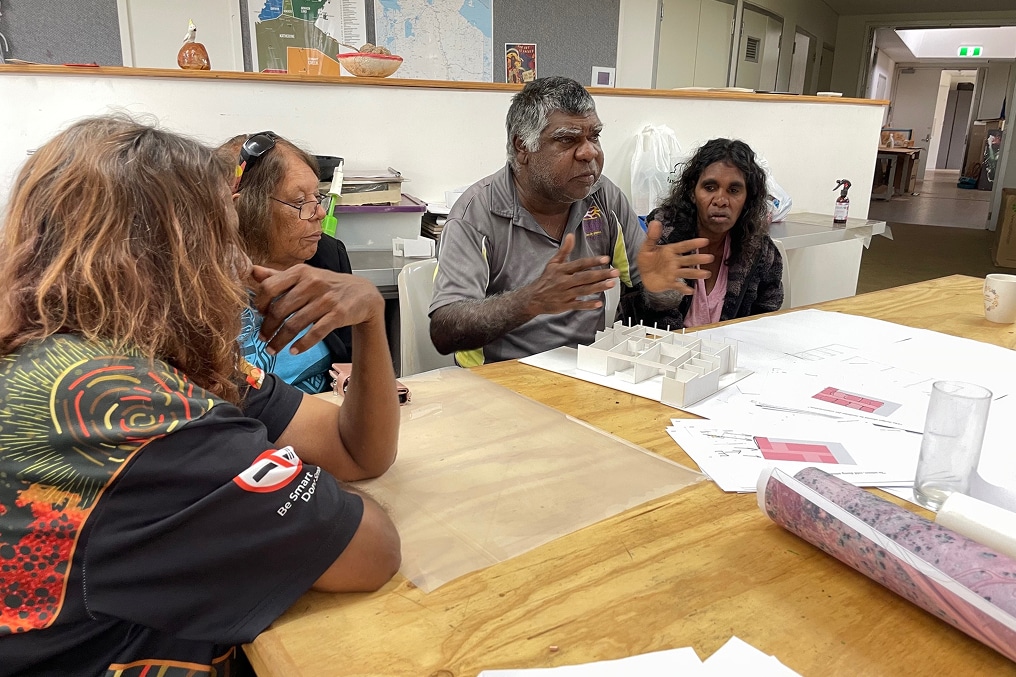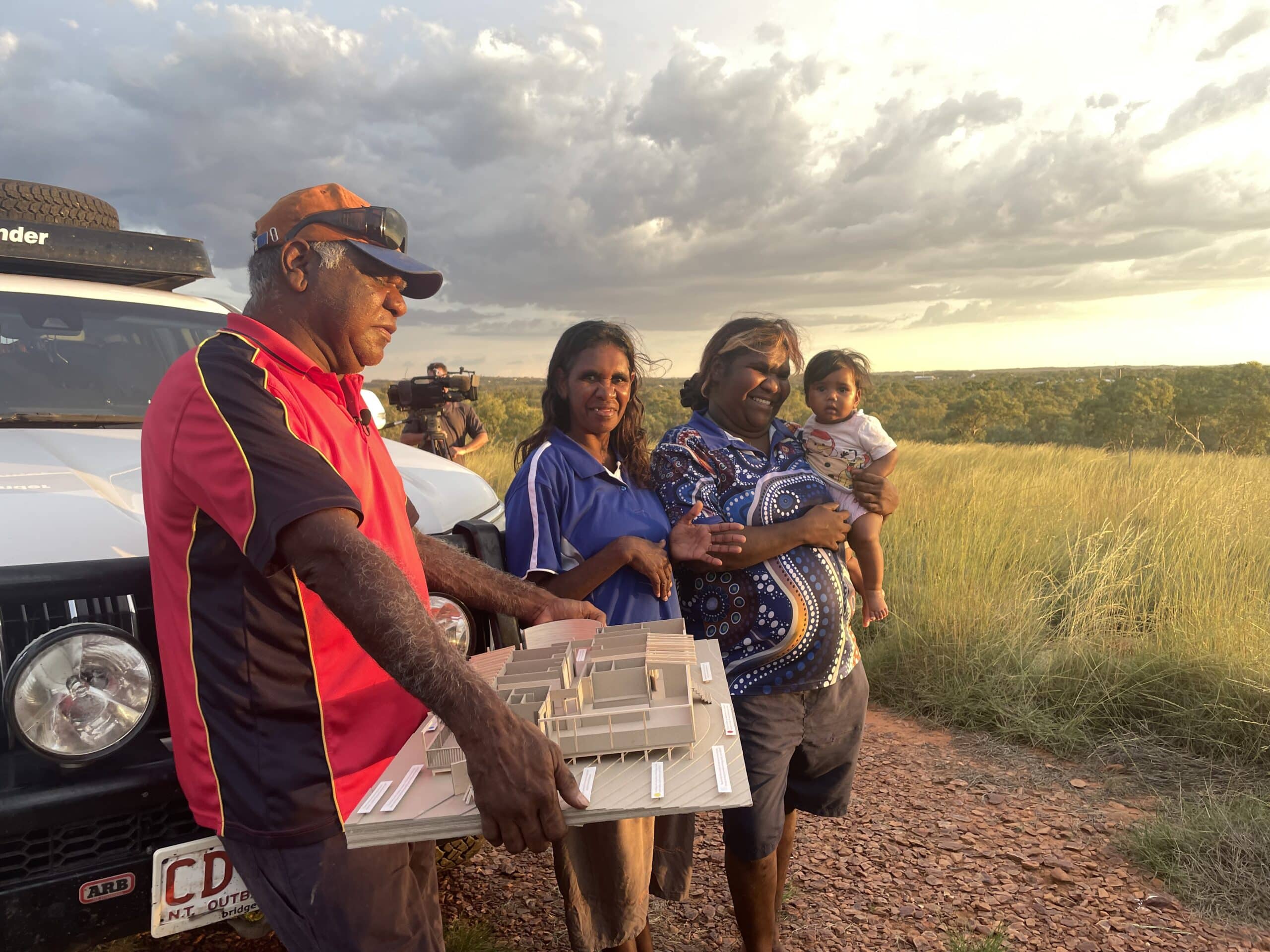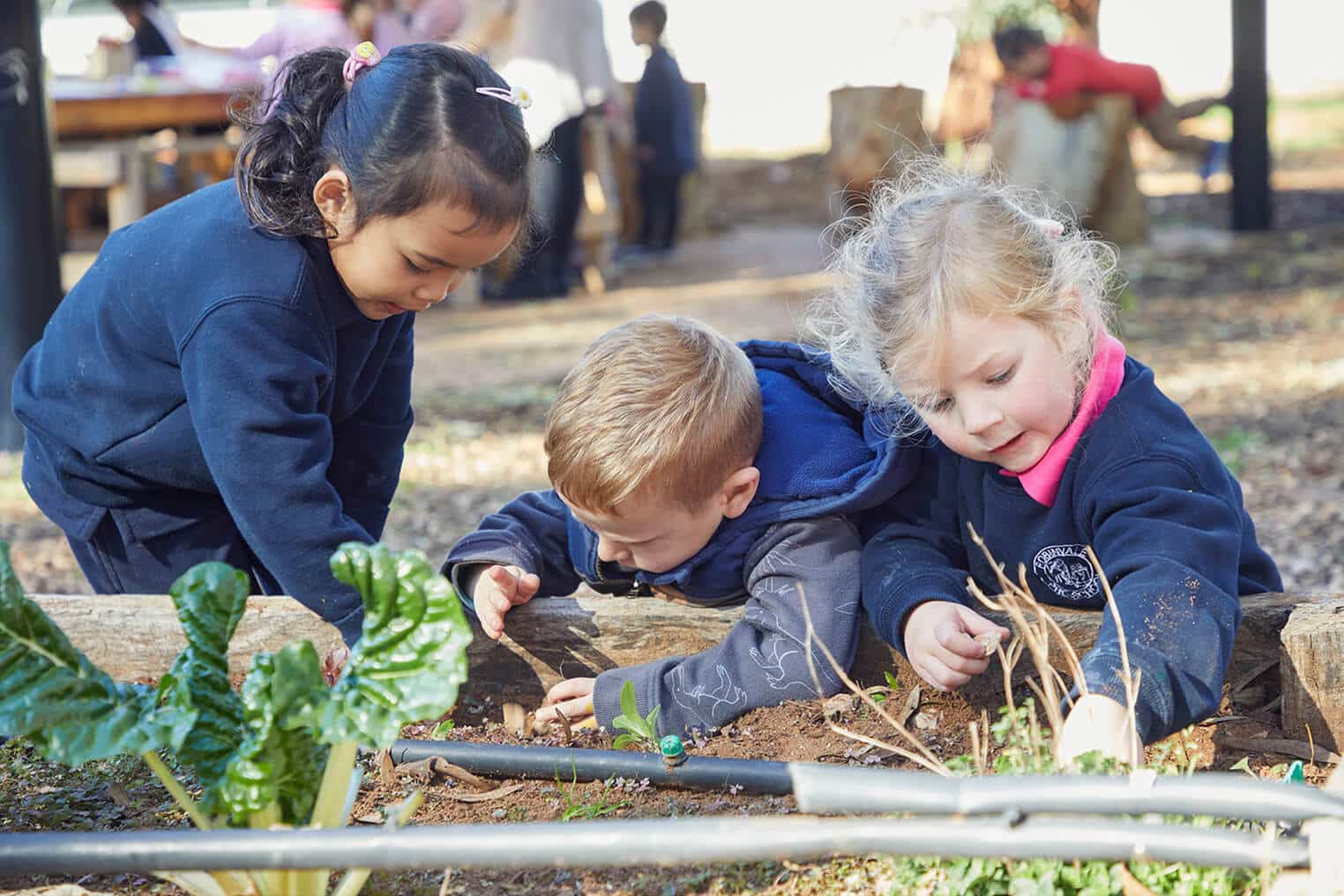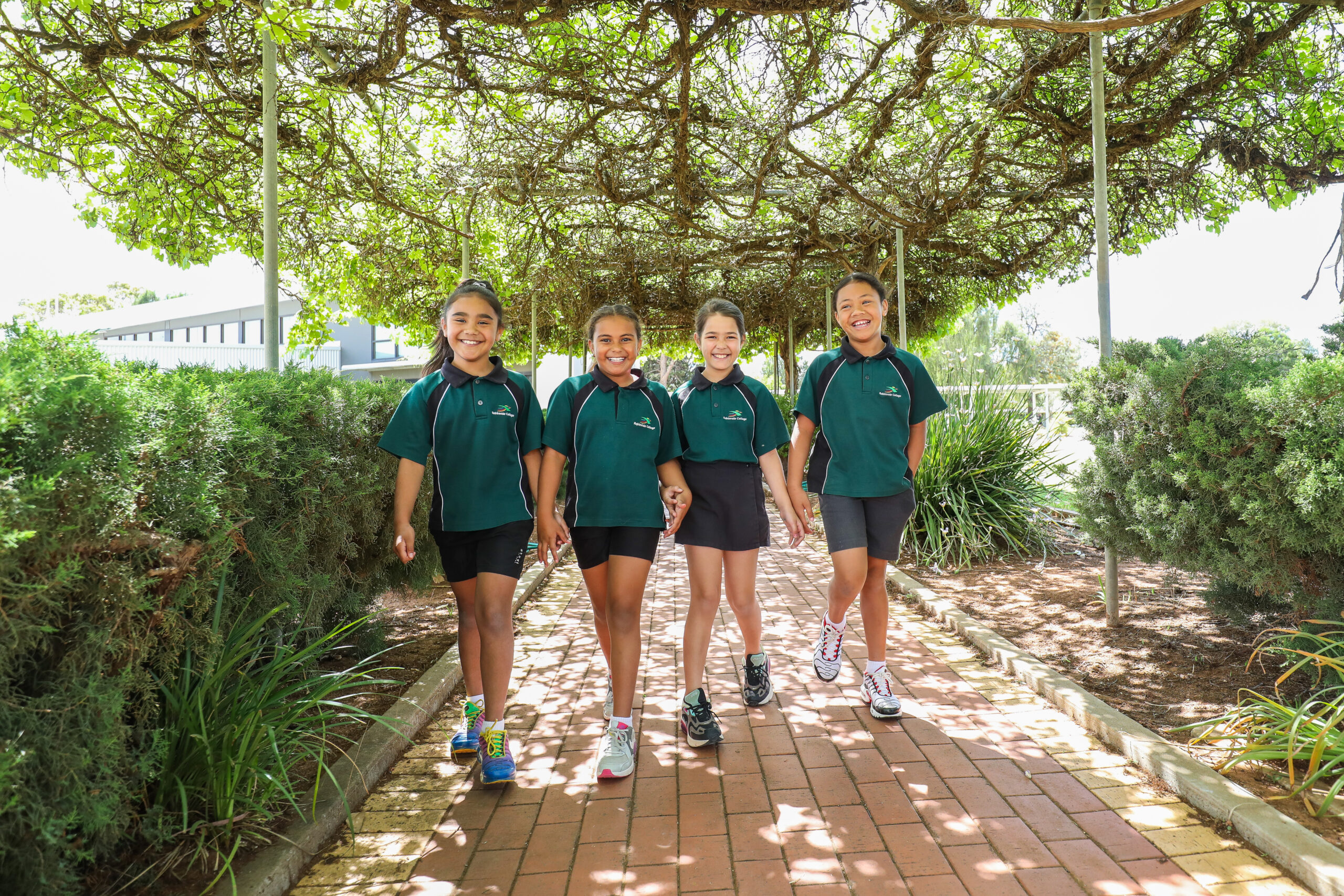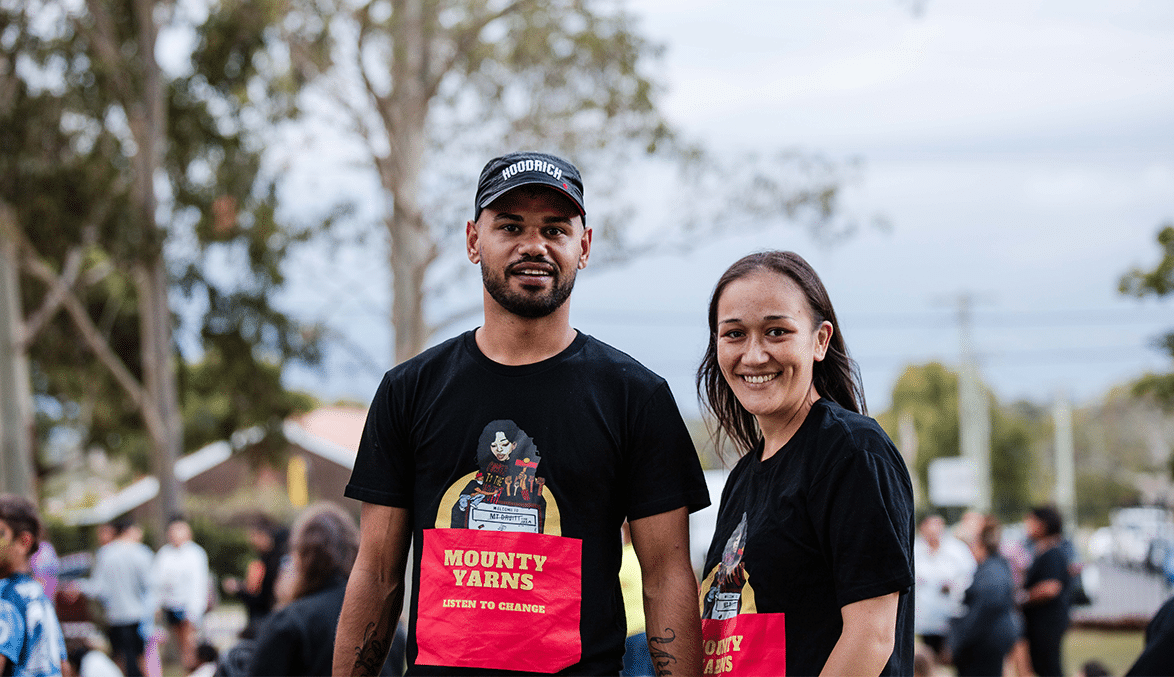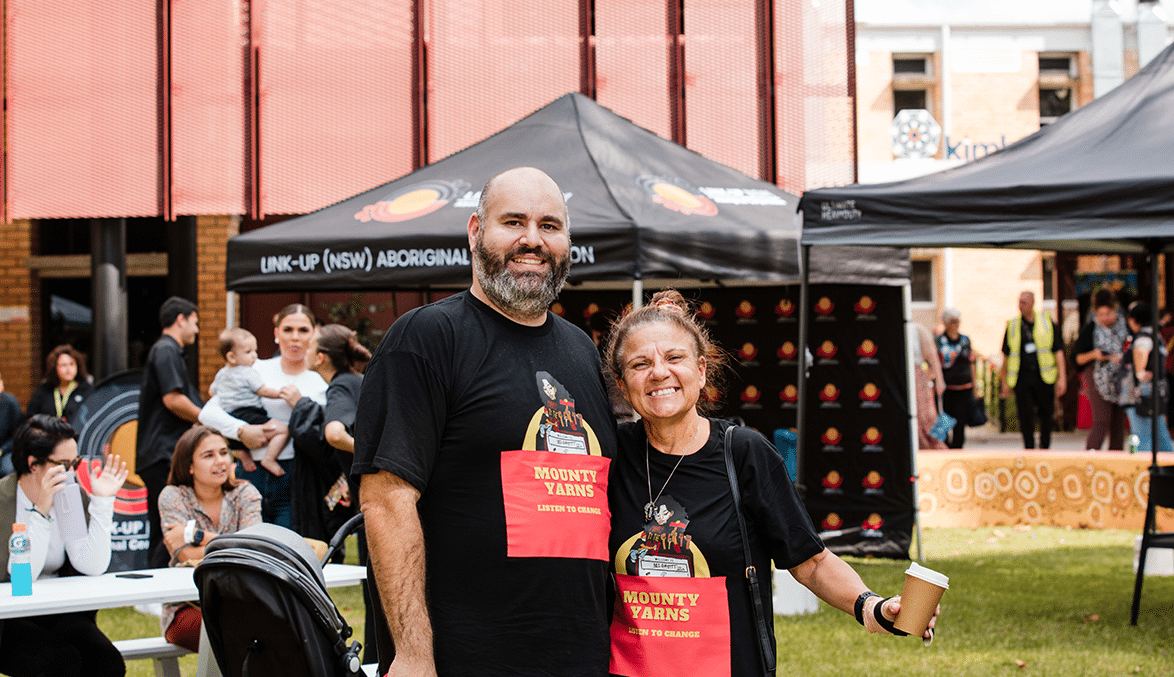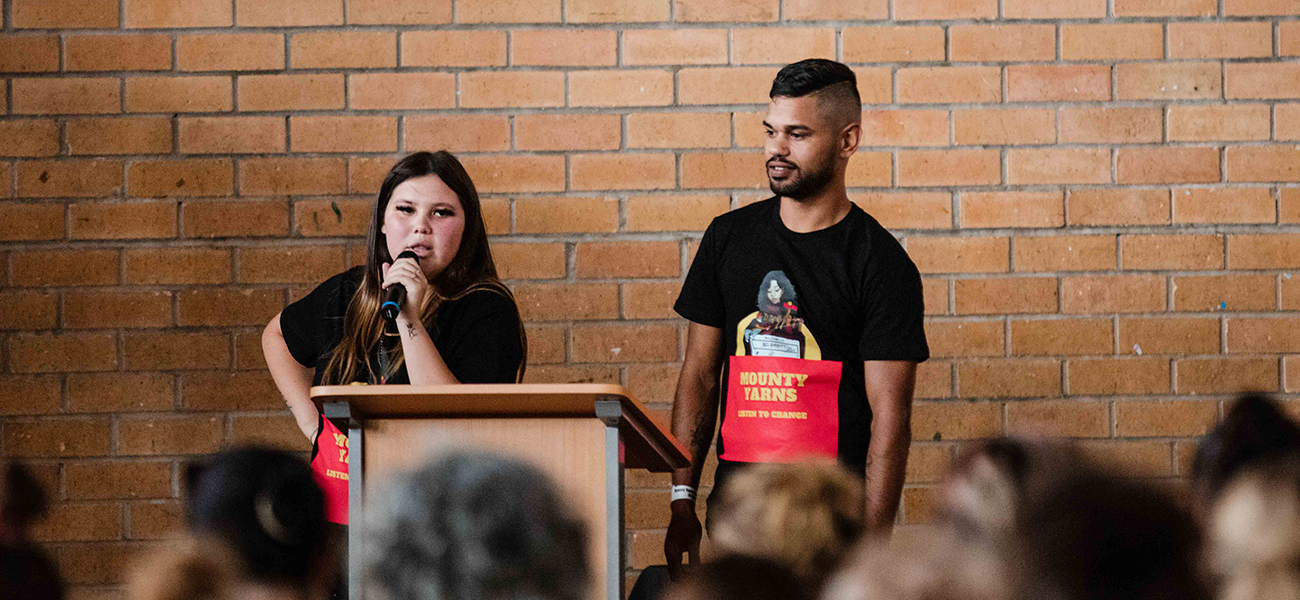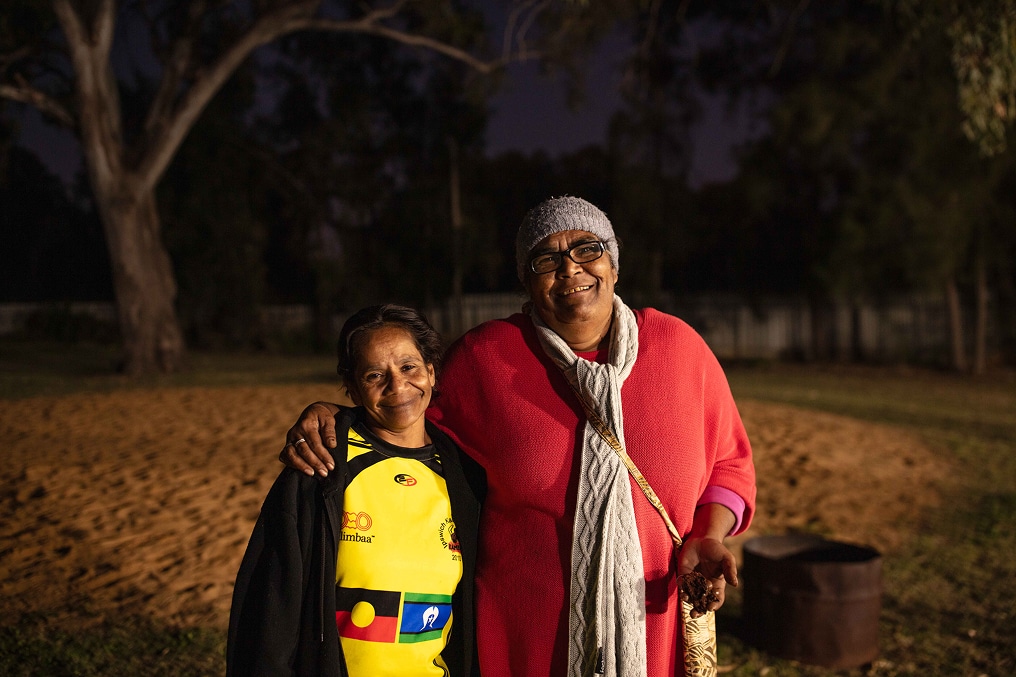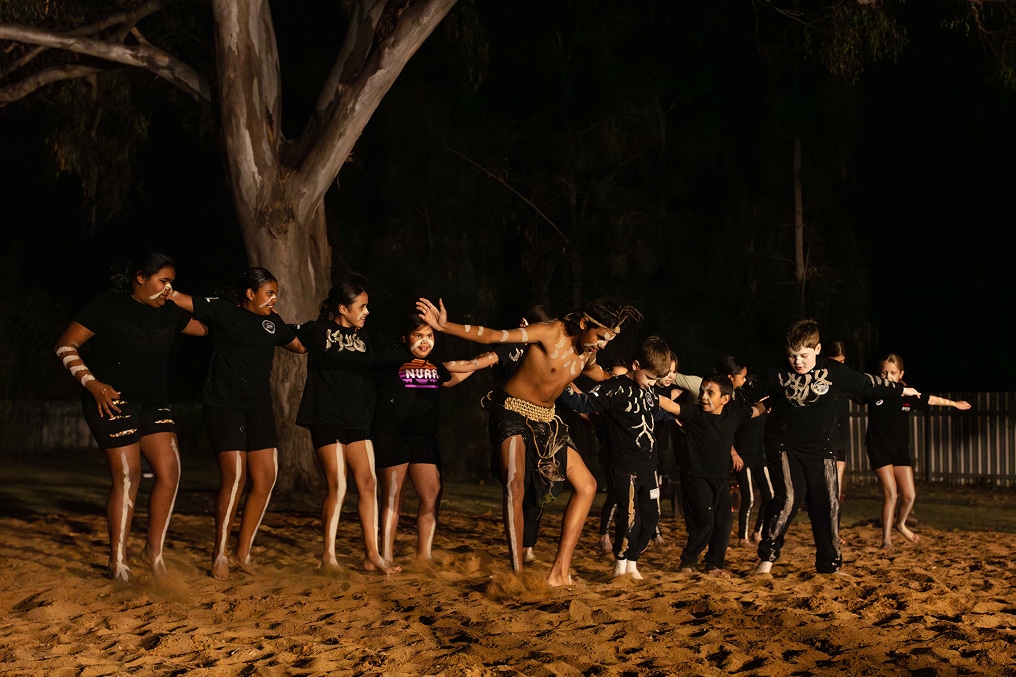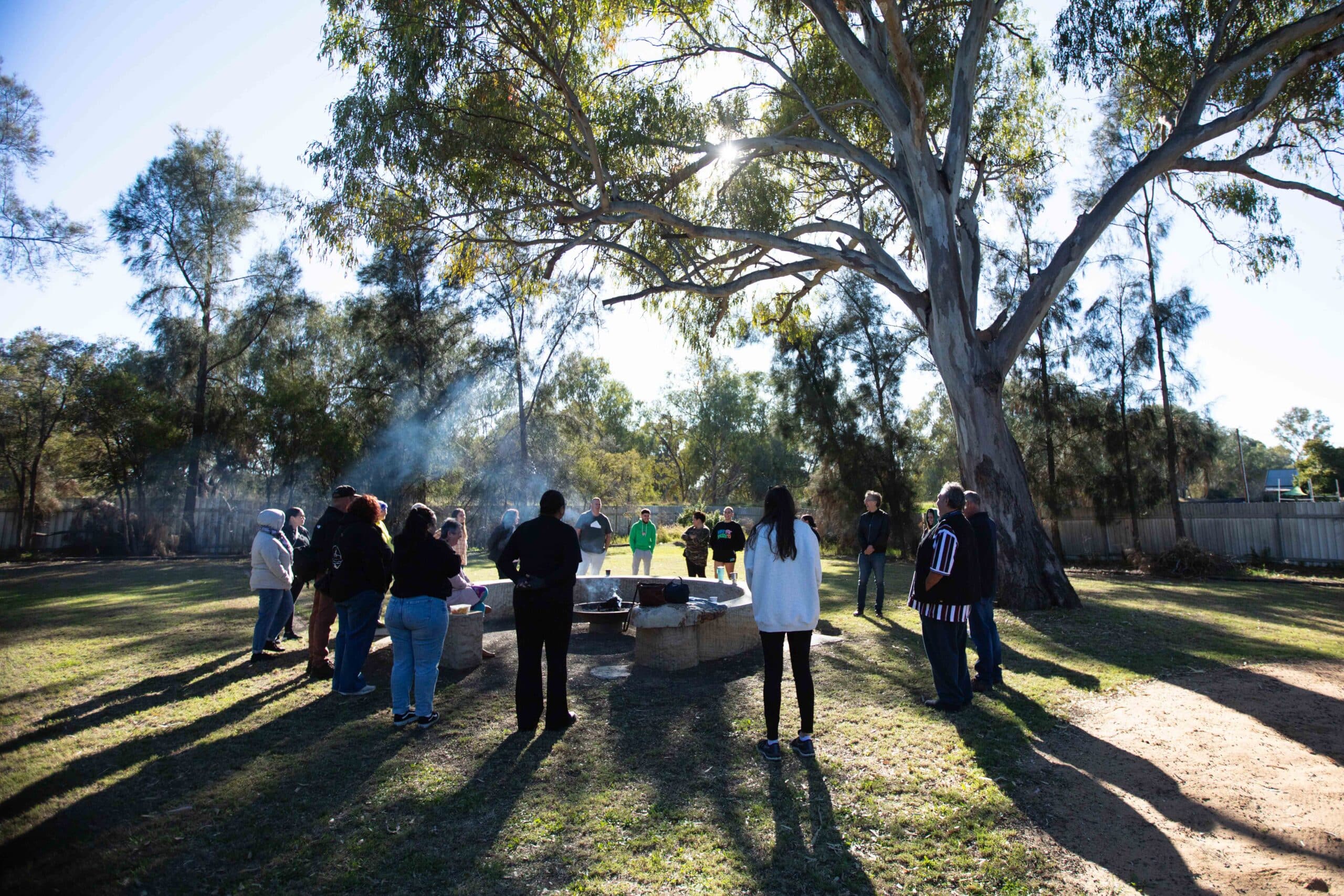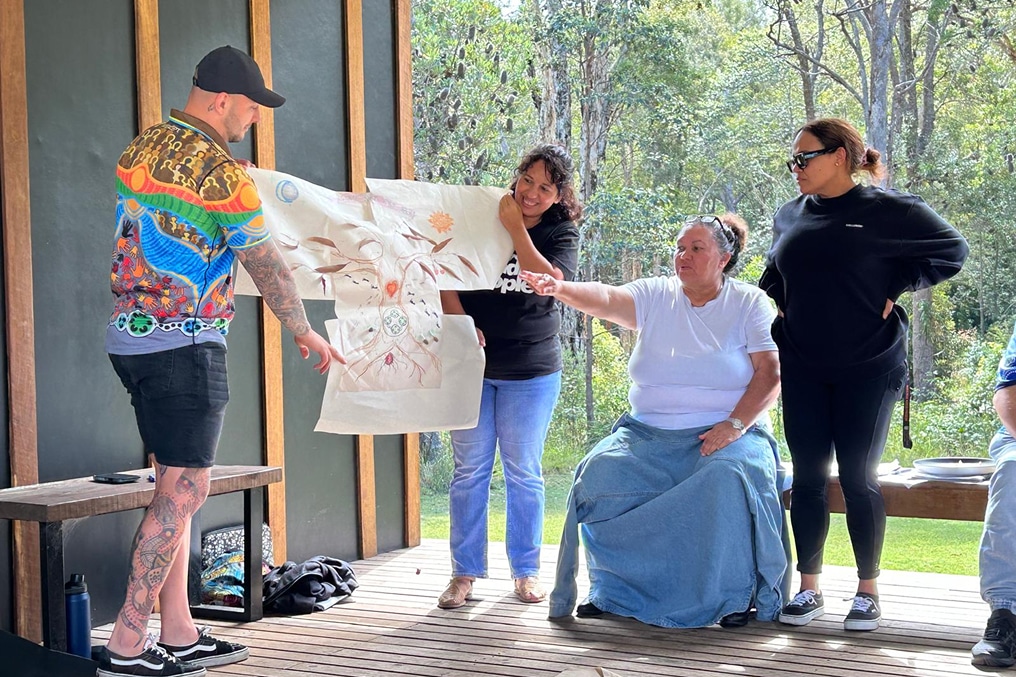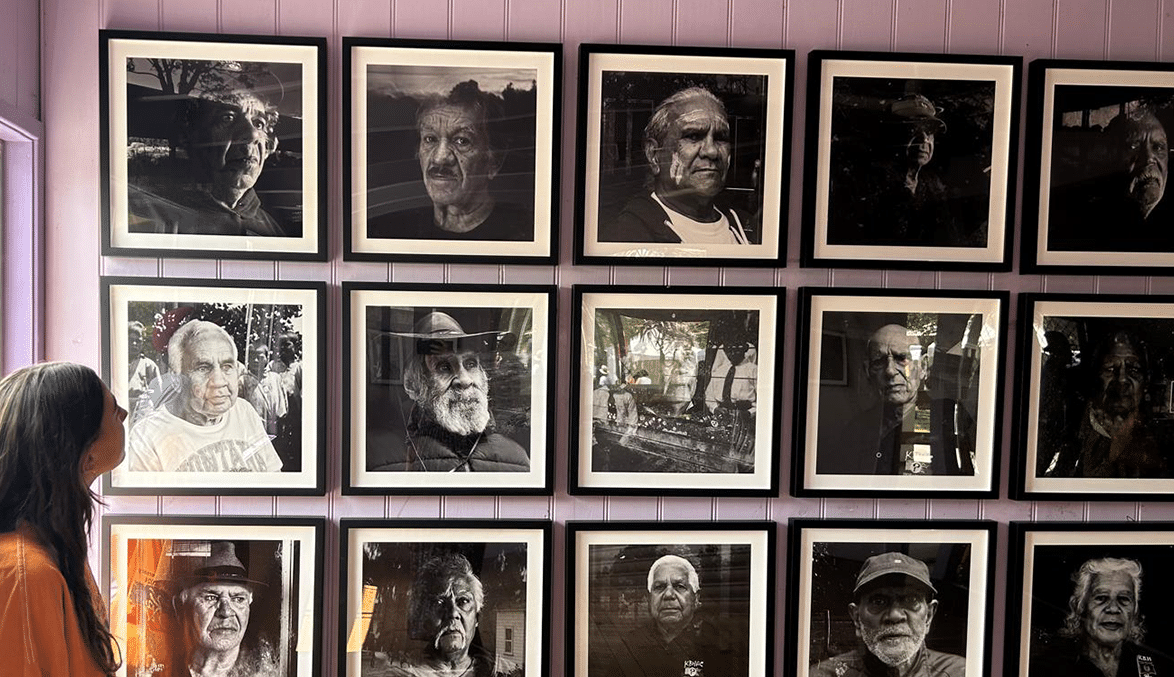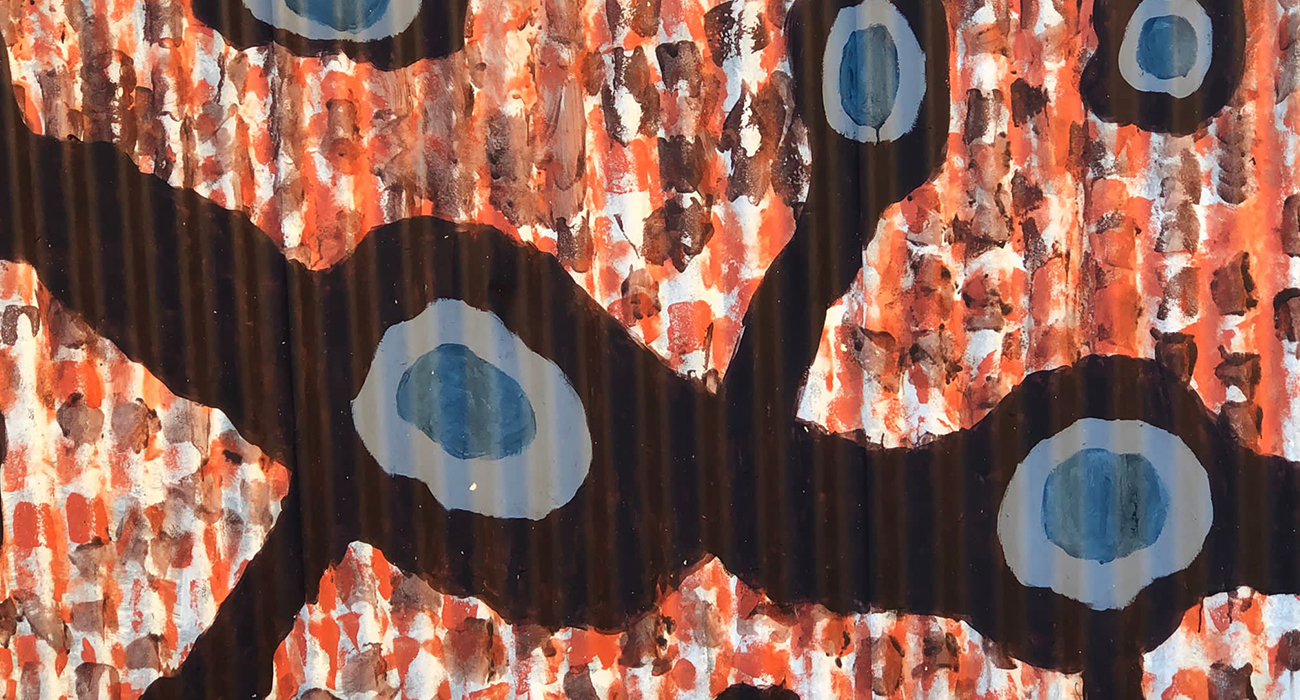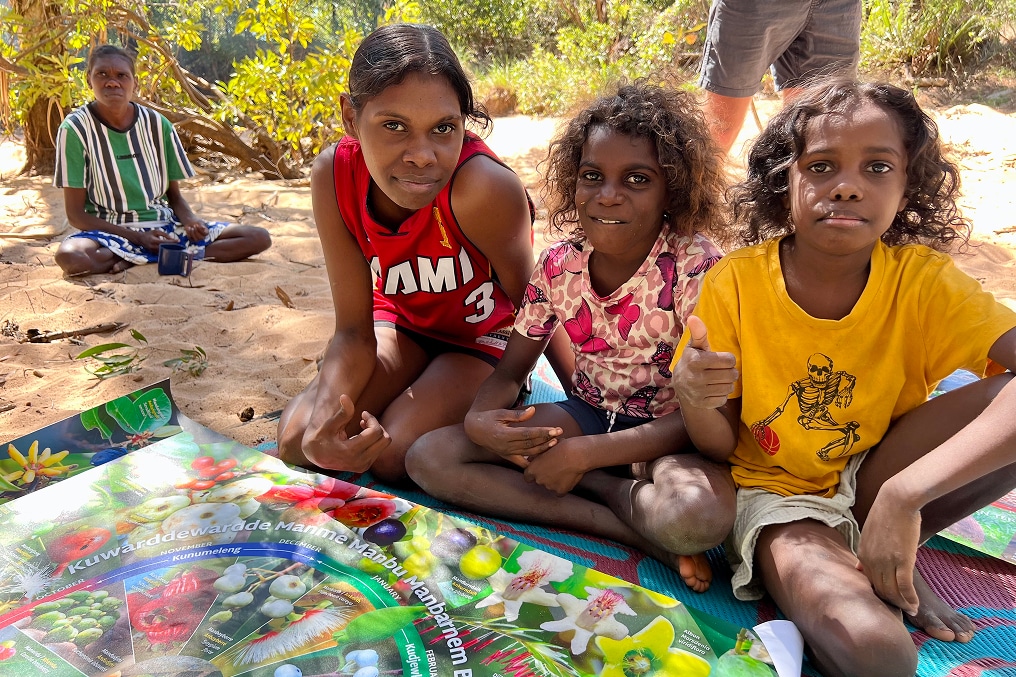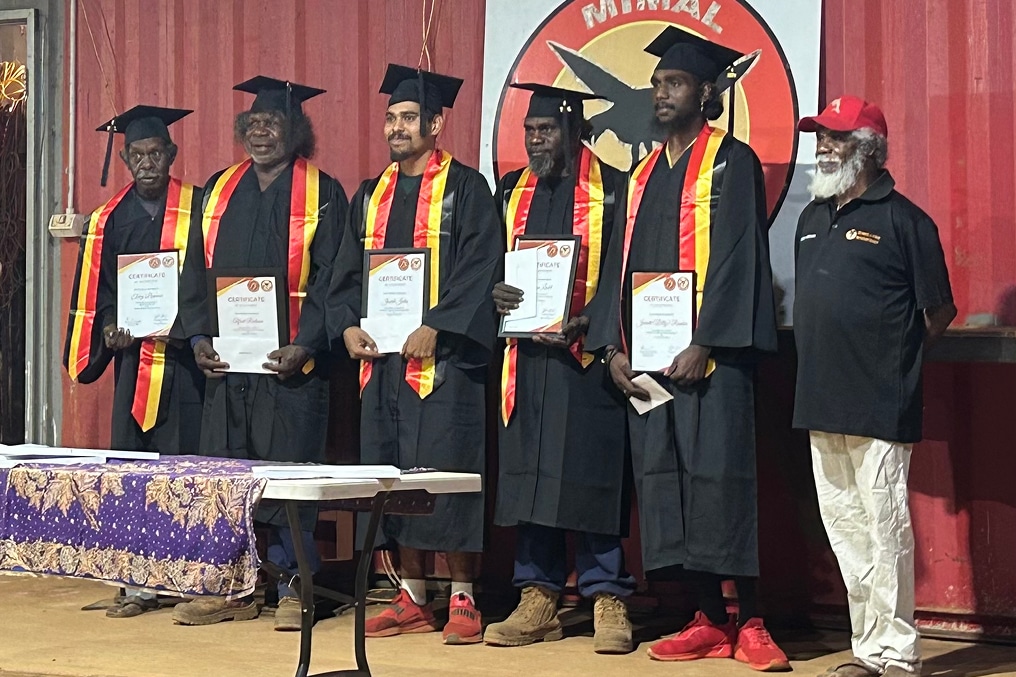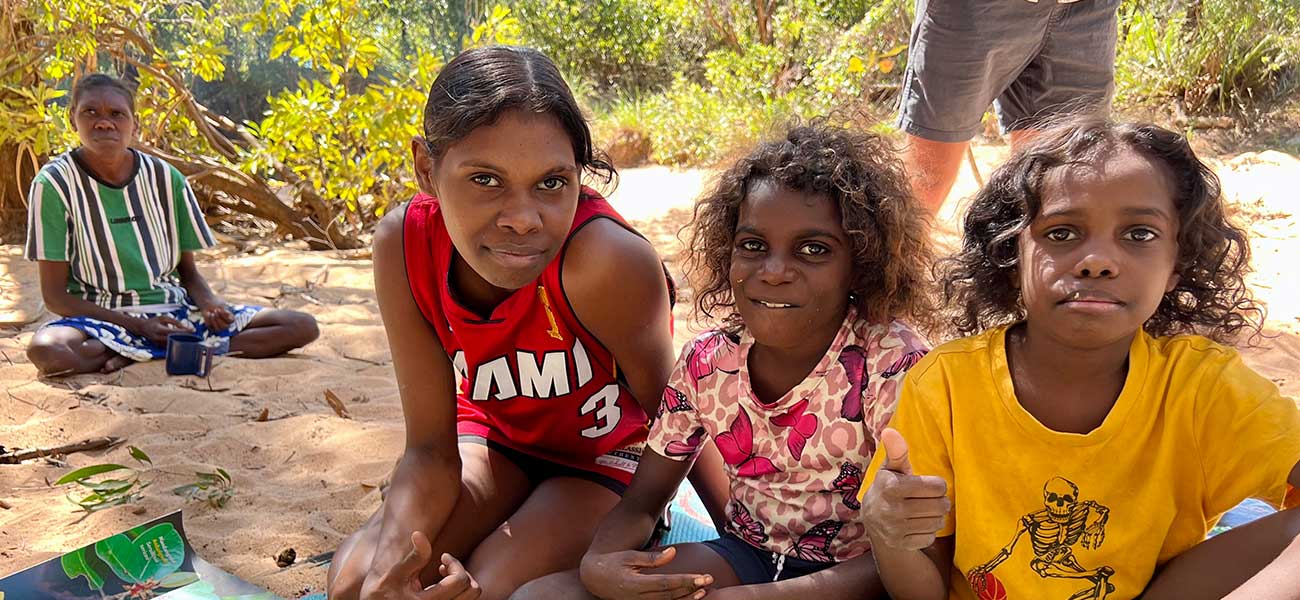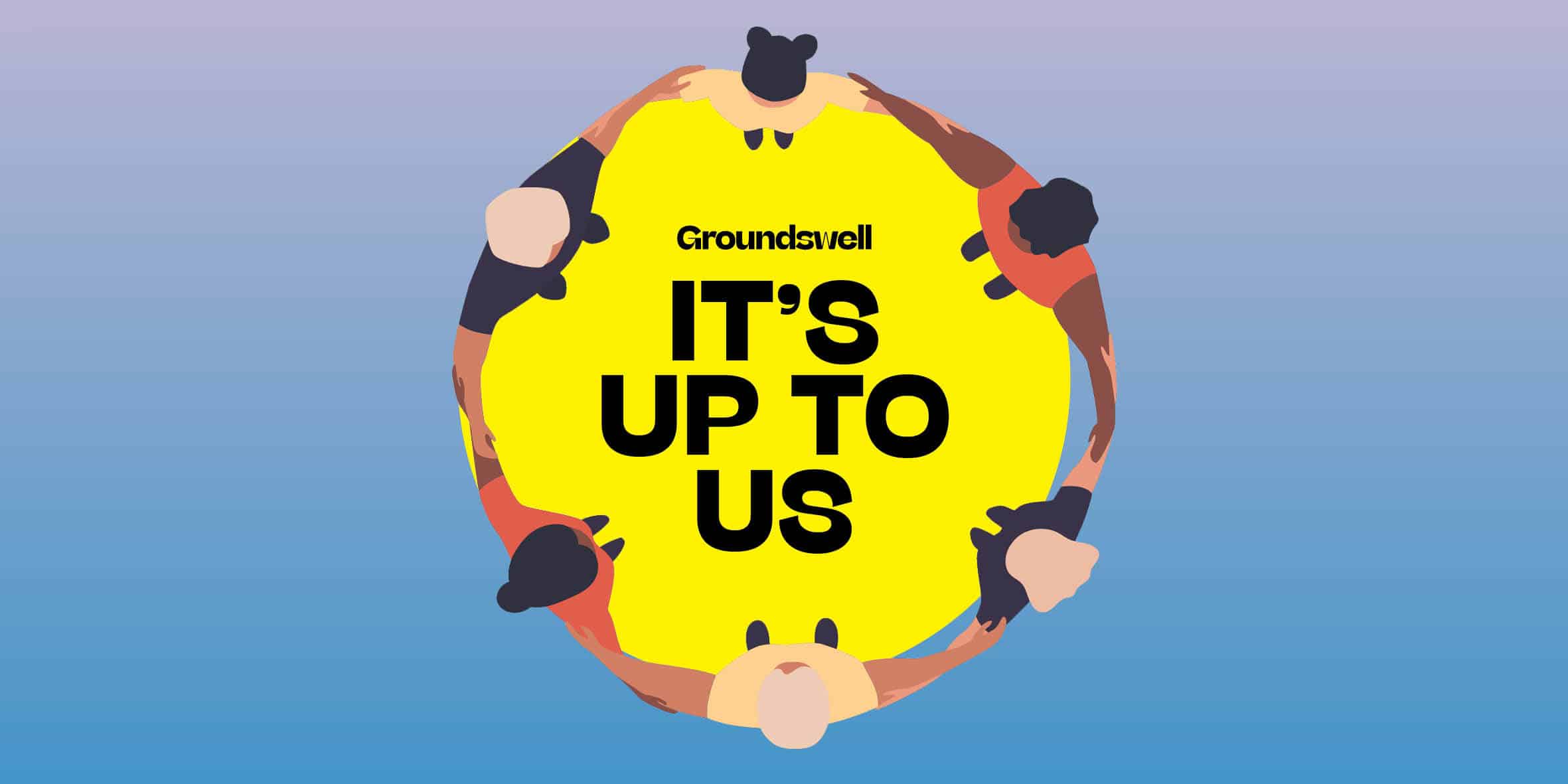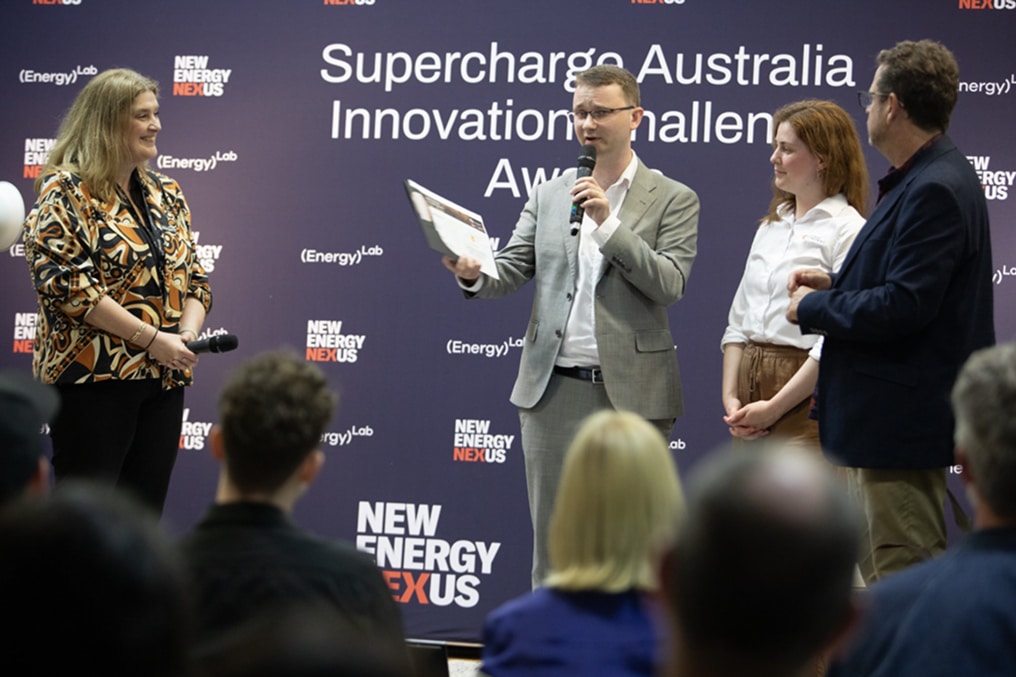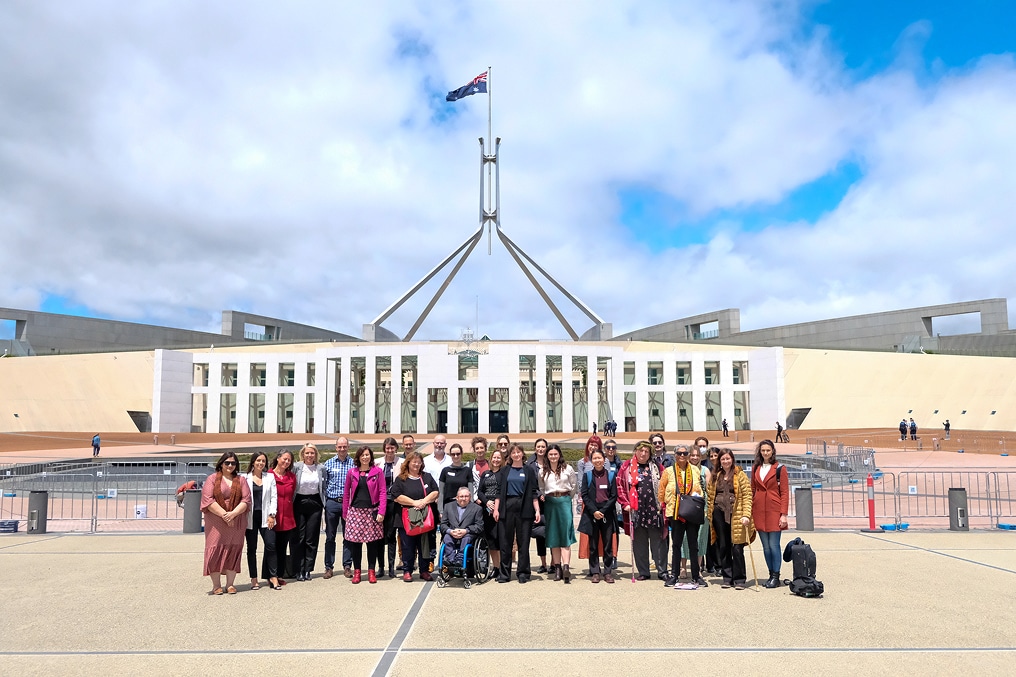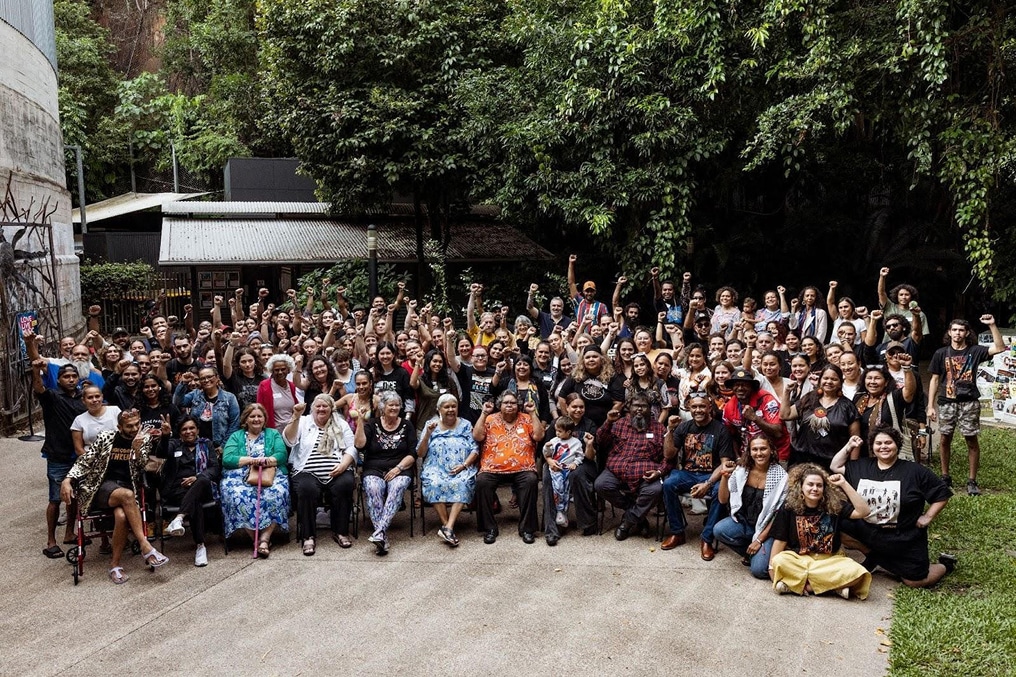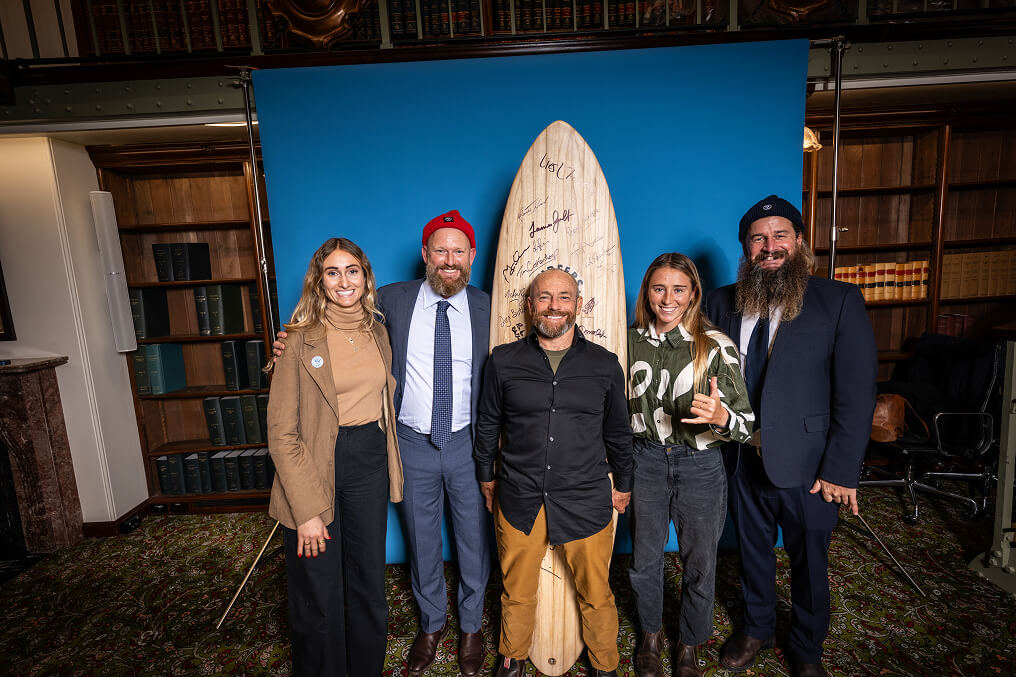What Place-Based Means to Us
Over the past decade, Dusseldorp Forum has been a committed partner to several community-led, place-based initiatives.
Some people ask, isn’t “place-based” just work based in a place? The difference is who is in the driver’s seat.
Teya Dusseldorp
For us, place-based means approaches that are specific to the circumstances of a place, where the people of that place take the lead on setting priorities and deciding how resources are best mobilised. The community leads, but they don’t act alone. These efforts are collective. Government and philanthropy contribute, but they follow the lead of the community.
For example, a place-based educational approach involves the local community in the design and delivery of learning. Education is tailored to the cultural particulars of that place and the families of the students.
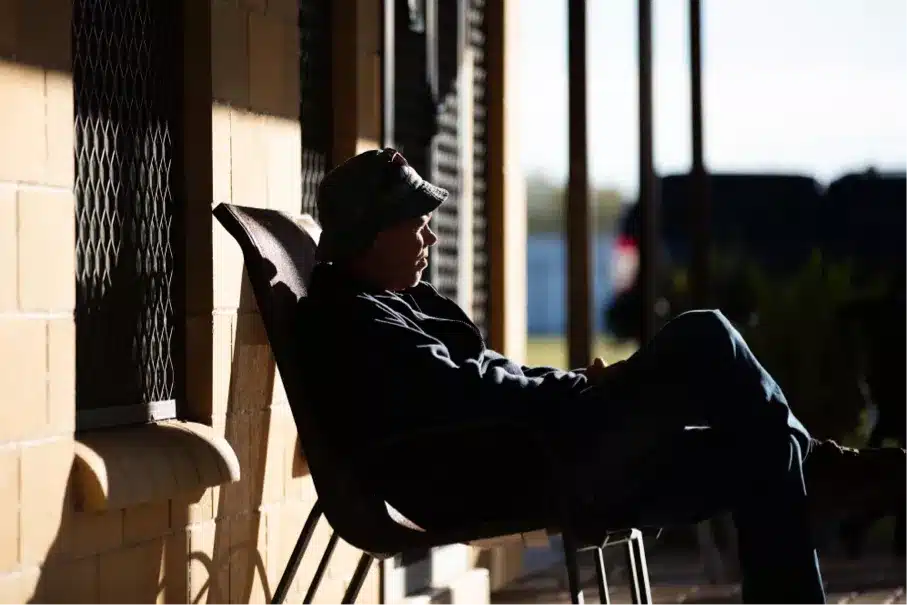
Learning from Bourke
In 2012, we were invited to visit the community of Bourke in far west NSW. We were welcomed into community meetings about their work, although they didn’t call it “place-based”. They called it Maranguka, a Ngemba word meaning “caring for others.” It was the Aboriginal way of working: caring for all people, taking a holistic approach, working long-term and in collaboration. The community was exercising self-determination for the wellbeing of all.
At that time, Bourke was re-establishing cultural authority through the Bourke Tribal Council, a representative body for all the First Nations language groups who now live there. They had chosen to implement a collective impact approach and to be the first demonstration site for Justice Reinvestment in Australia. They did this because they wanted better futures for their children, who had high levels of contact with police and the justice system.
What we saw in Bourke convinced us of the power of this approach. Quite quickly we saw youth arrest rates drop, school engagement rise, and local people employed. The priorities the community identified weren’t ones we or other outsiders would have picked but they were right. Helping young people get their driver’s licence, supporting men’s healing, police and community working together to reduce violence, and creating an alternative learning site at the school all contributed to the better outcomes.
More than that, Maranguka brought service providers together to collaborate under the guidance of the Bourke Tribal Council. Daily check-ins between community, police and services meant that support for families was well coordinated and holistic. It wasn’t about more funding. It was about getting services and systems to work differently and making existing resources work better for the community.
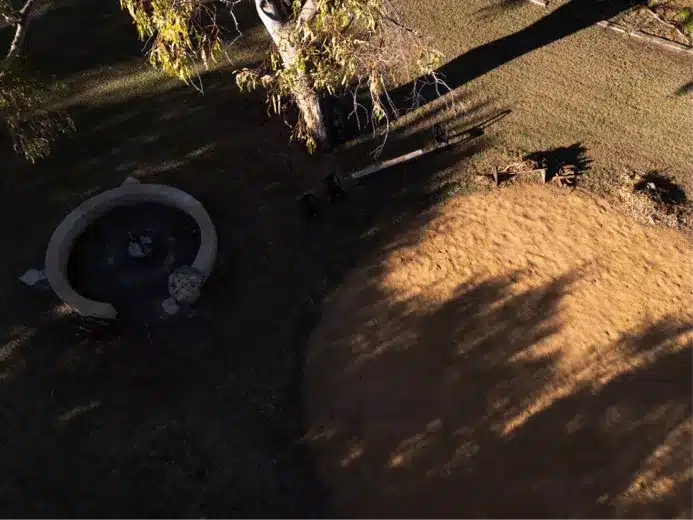
Building a New Table
Alister Ferguson, the founder of Maranguka, once told us that since colonisation, the First Peoples of Bourke had never had a seat at the table where decisions were made about their lives. So, they built a new table and invited others to join; government, philanthropy, NGOs, services, and corporates.
We’ve learned so much from First Nations leaders about good governance and how to work together to improve the wellbeing of people and Country.
Teya Dusseldorp
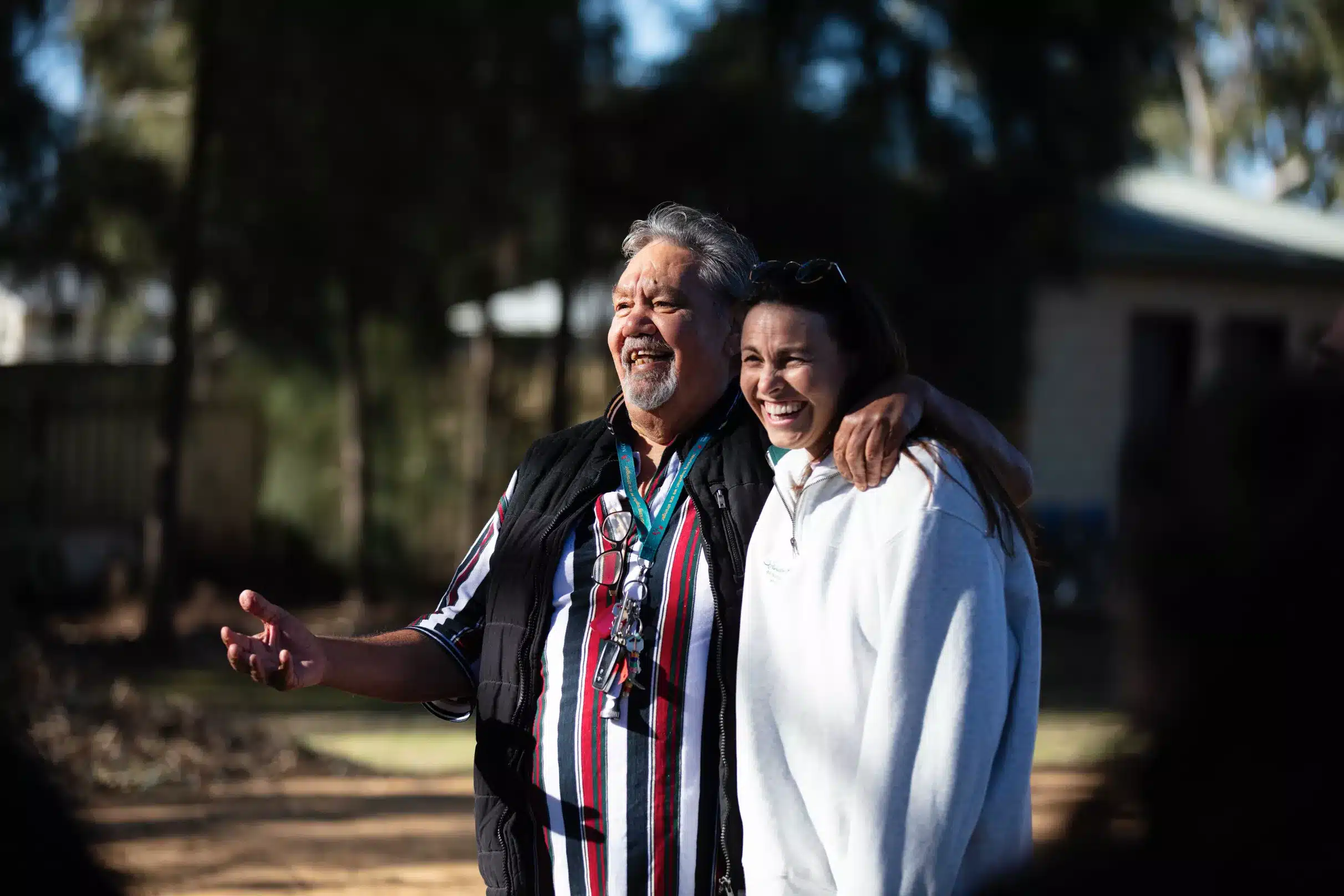
The Power of Community Leadership
Time and again, we’ve seen that positive change can’t be imposed. It emerges from within communities when they lead. The results are stronger and more sustainable.
Across the country, we have seen communities stepping up:
- creating bicultural schools so First Nations children have access to high-quality full-time education;
- redesigning maternal health services, reducing infant mortality rates, and increasing birth weights;
- supporting families to reduce violence and keep kids out of prison;
- restoring land and protecting biodiversity;
- connecting with each other and sharing practice to accelerate impact.
These things happen because of local leadership. People who know their communities and care deeply about the outcomes.
When Communities Aren’t at the Table
We’ve also seen what happens when community isn’t involved. Houses built in flood-prone areas. Programs designed far away that don’t work. Services delivered by outsiders at the wrong times. Precious resources wasted. Sadly, these examples are still common.
That’s why we continue to advocate for place-based work. Communities need to be at the table when decisions are made about policy, funding, and systems that affect them.
Systemic Challenges
Place-based change is long-term. But we live in a culture of short-termism, both politically and financially. It’s hard to maintain momentum. It’s also hard for communities to get the data they need. And we can’t expect communities to drive systems change alone. They often don’t have the authority or the resources.
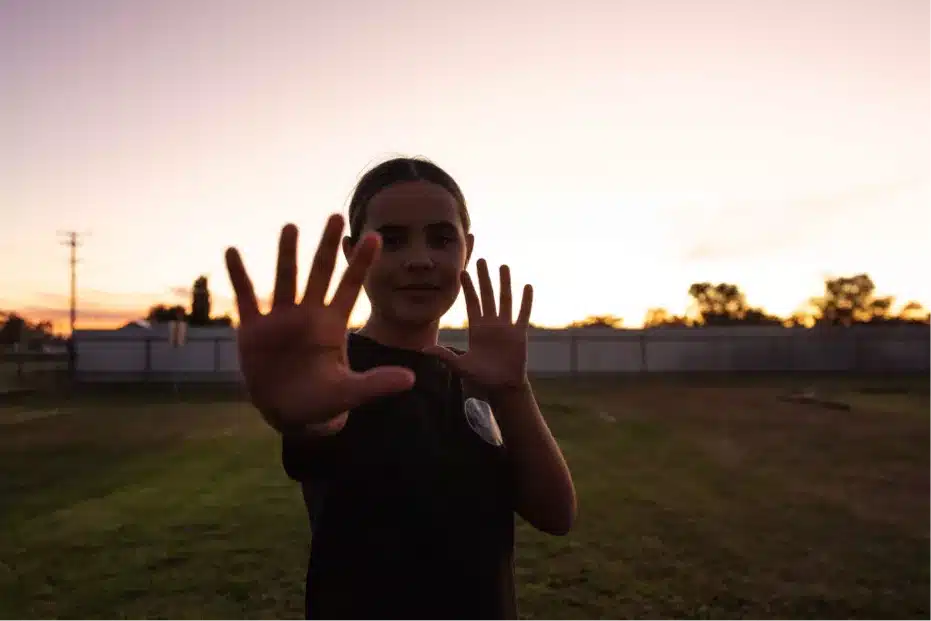
The Emergence of PLACE
That’s why a number of us advocated for PLACE – Partnerships for Local Action and Community Empowerment. We saw incredible work being led by communities, but it was piecemeal and under-resourced.
PLACE was established to be independent of government, responsive to communities, and authorised to support systems reform. It provides vital national infrastructure to support, equip, and grow place-based initiatives and enable more effective responses.
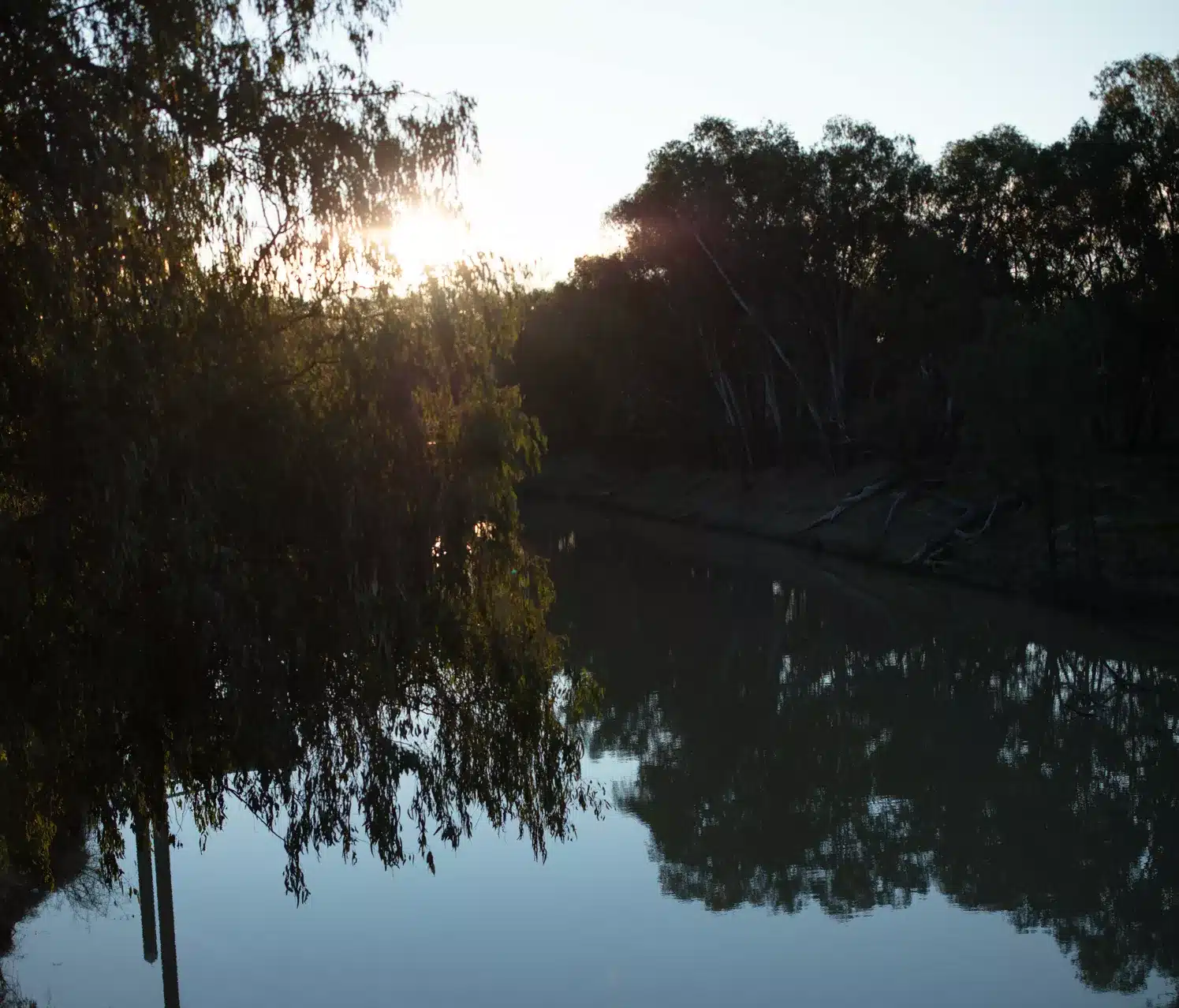
Looking Forward
Our hope is that PLACE is lasting national infrastructure that continues to grow and support place-based efforts across the country. That it supports communities leading change and helps governments to partner more effectively. That it transforms life opportunities for children in Australia.
We’re proud of how PLACE is governed. The Community Council gives communities a strong, independent voice, bringing lived experience, local leadership, and priorities to the forefront.
It’s a community-led institution, enabled by philanthropy and government, but not directed by them.
Teya Dusseldorp
With PLACE established, we now have an opportunity to take this work to a national level and to position Australia as a global leader. But we need to address the challenge of how we sustain this work for the long term.
I don’t want to look back in twenty years and say, “That was good for a while. Kids were thriving in Bourke, in Kempsey, in Arnhem Land… and then it faded.”
Teya Dusseldorp
Our hope is that place-based approaches become the norm. That communities are empowered to shape their futures. That long-term investment in their capacity becomes standard. And that governments trust communities, take a more relational approach, and become true partners in improving lives across Australia.
Dusseldorp Forum is a co-investor in PLACE – Partnerships for Local Action and Community Empowerment in partnership with the Australian Government, Minderoo Foundation, Paul Ramsay Foundation, The Bryan Foundation, and the Ian Potter Foundation.
